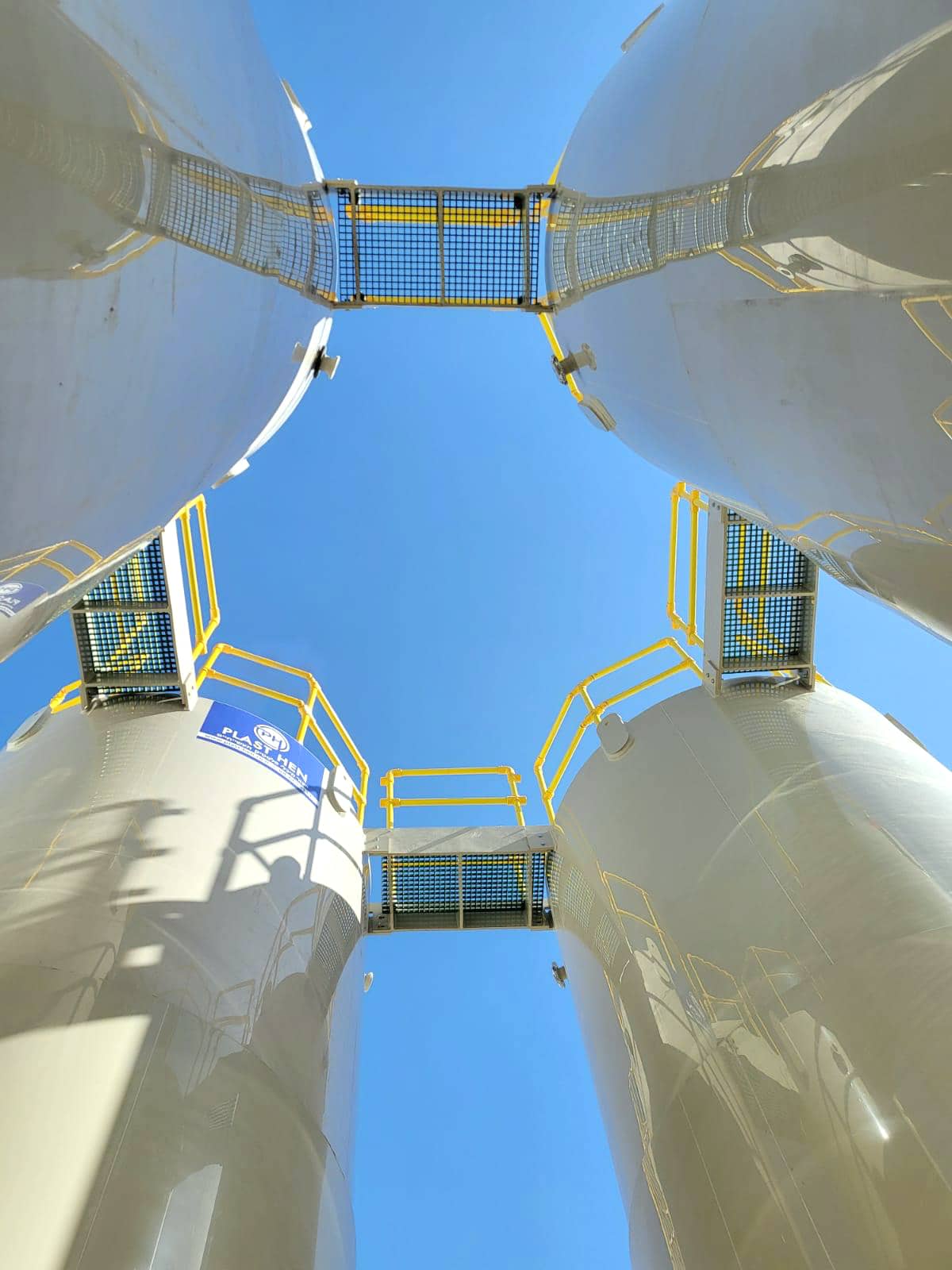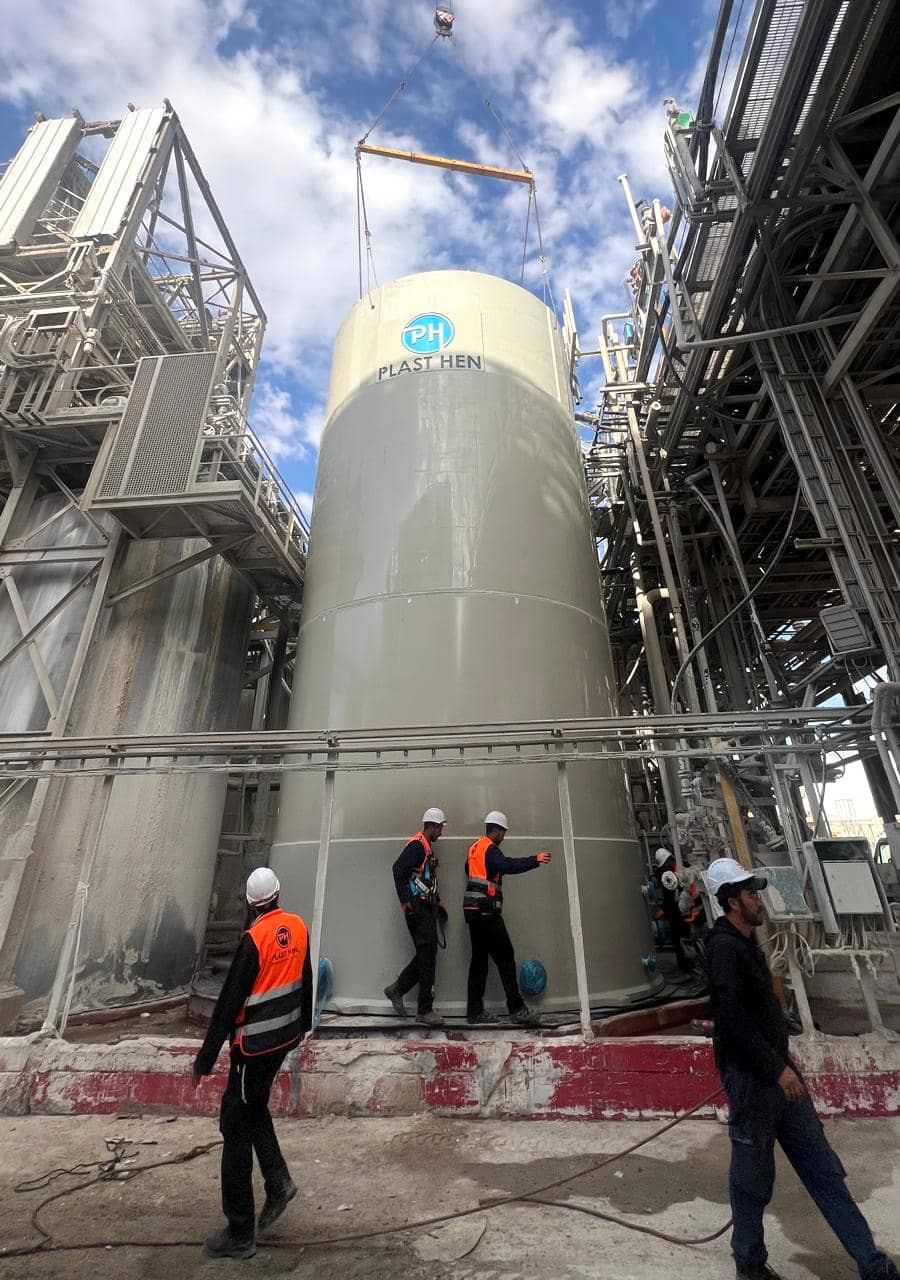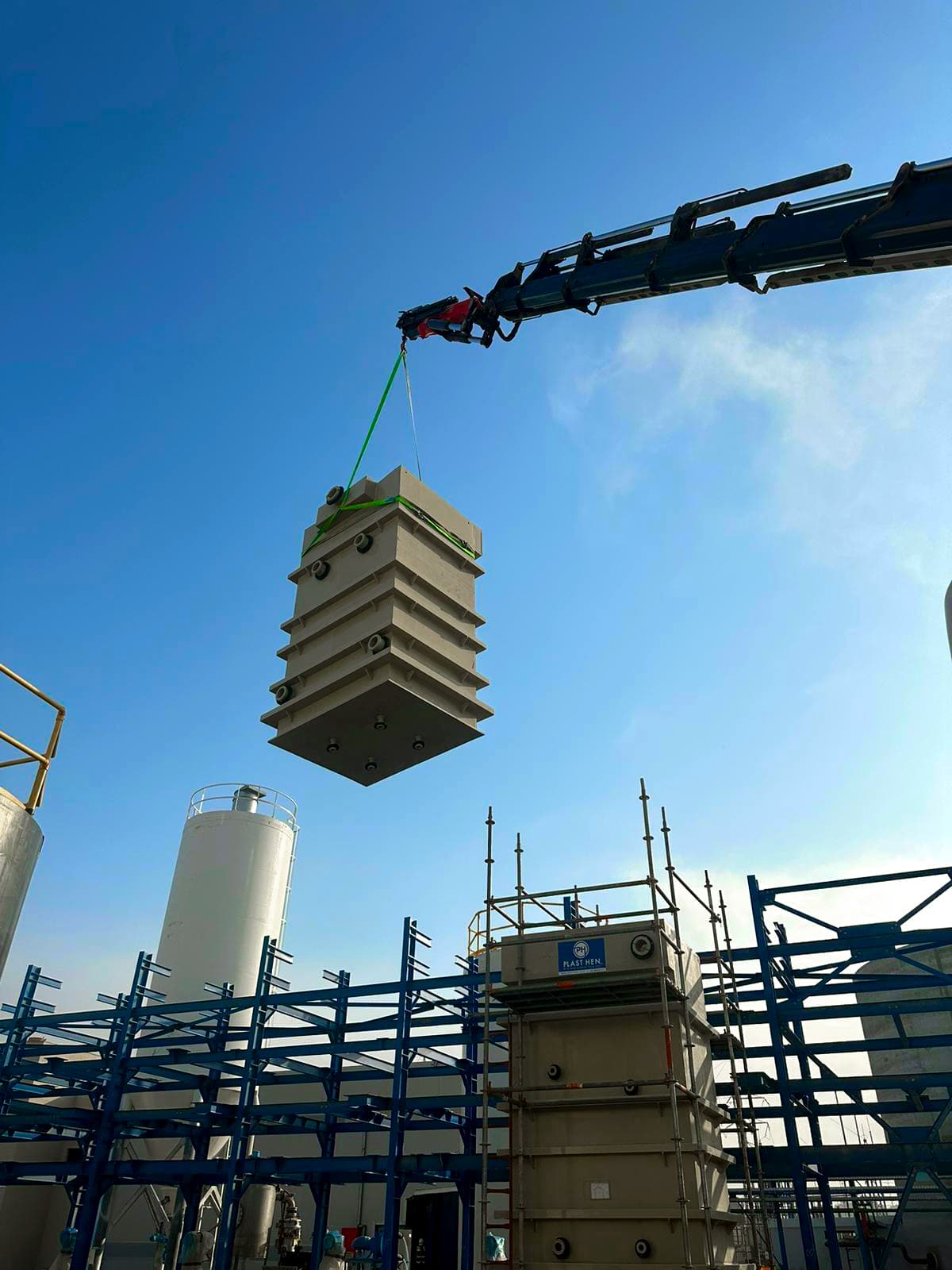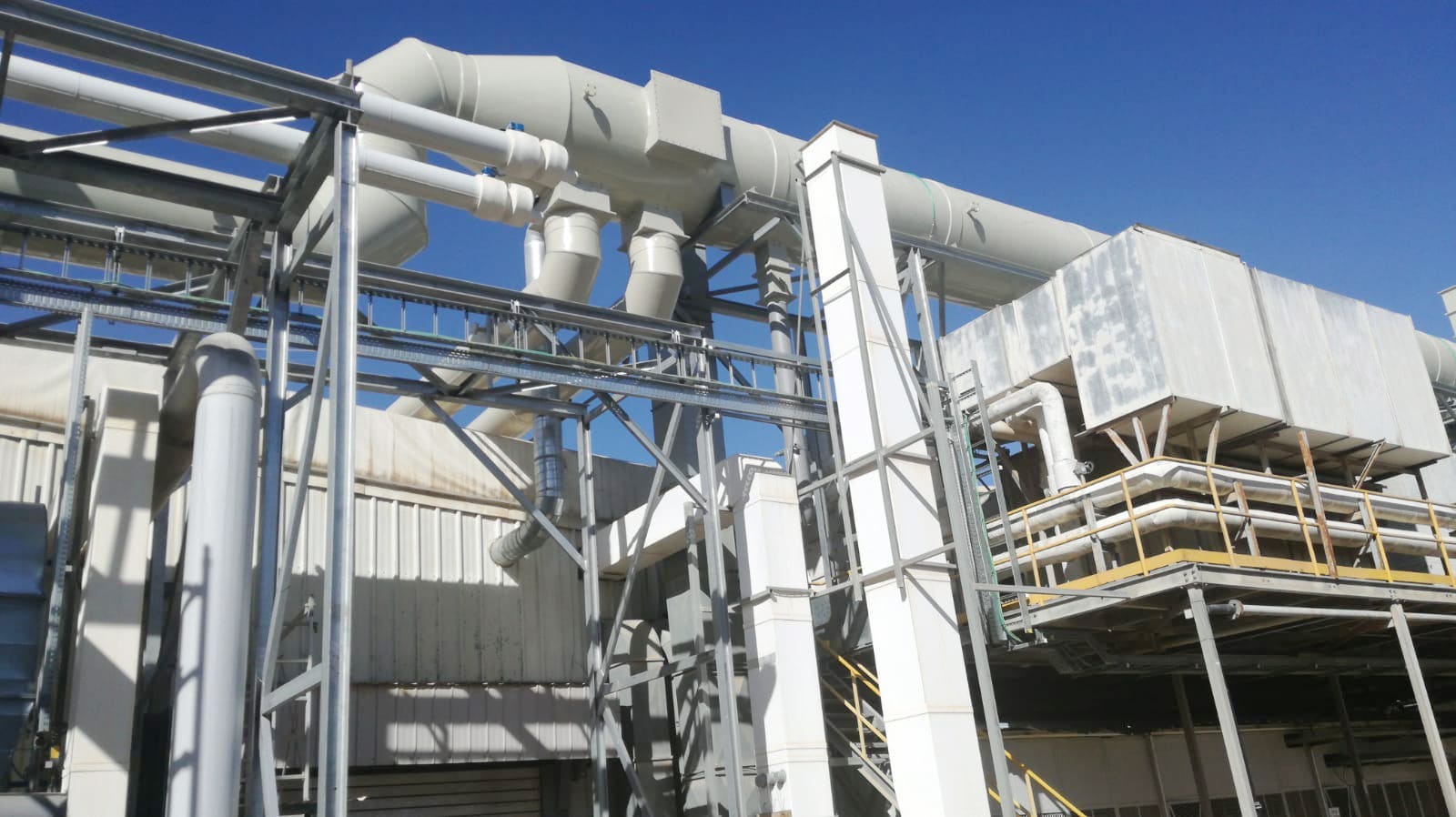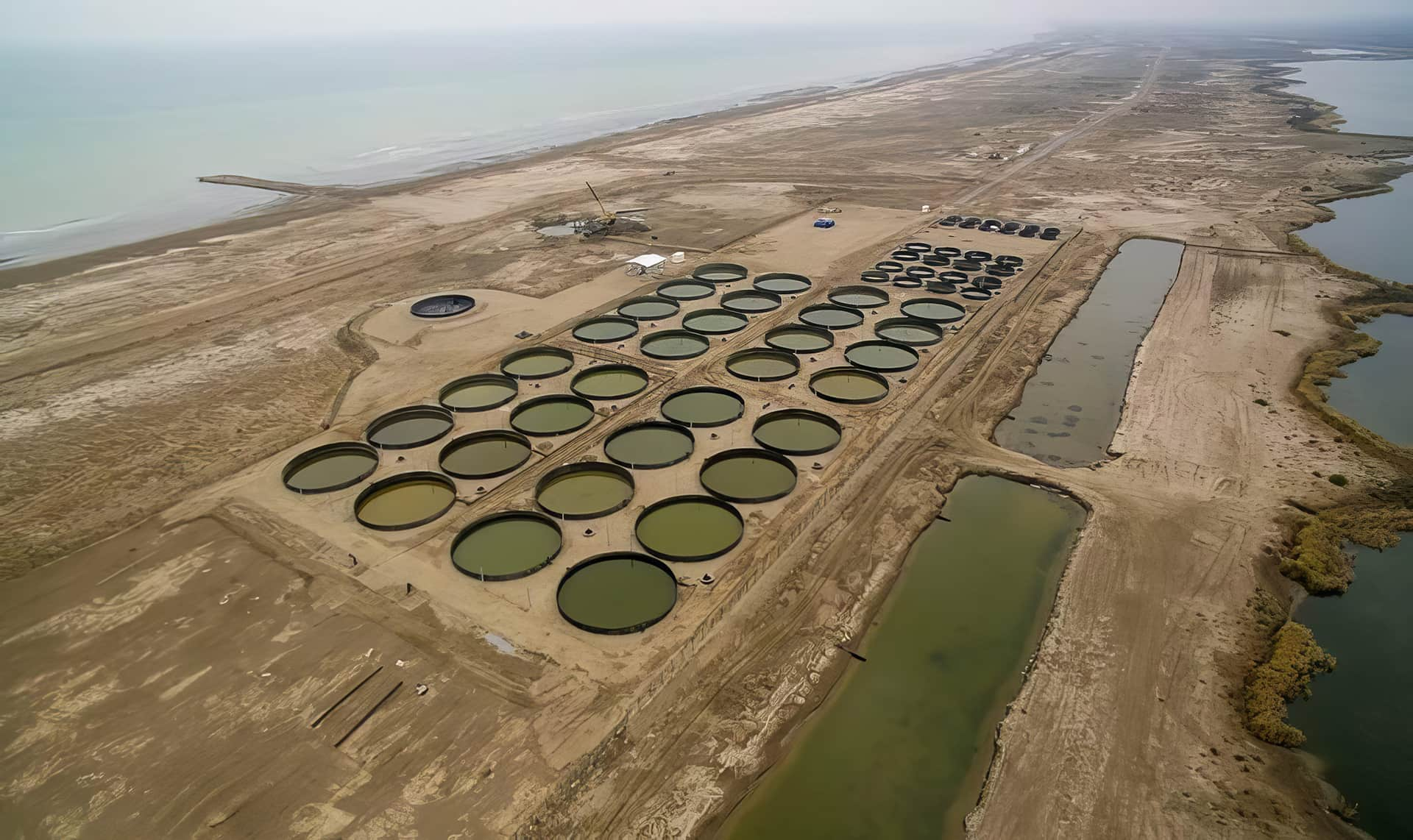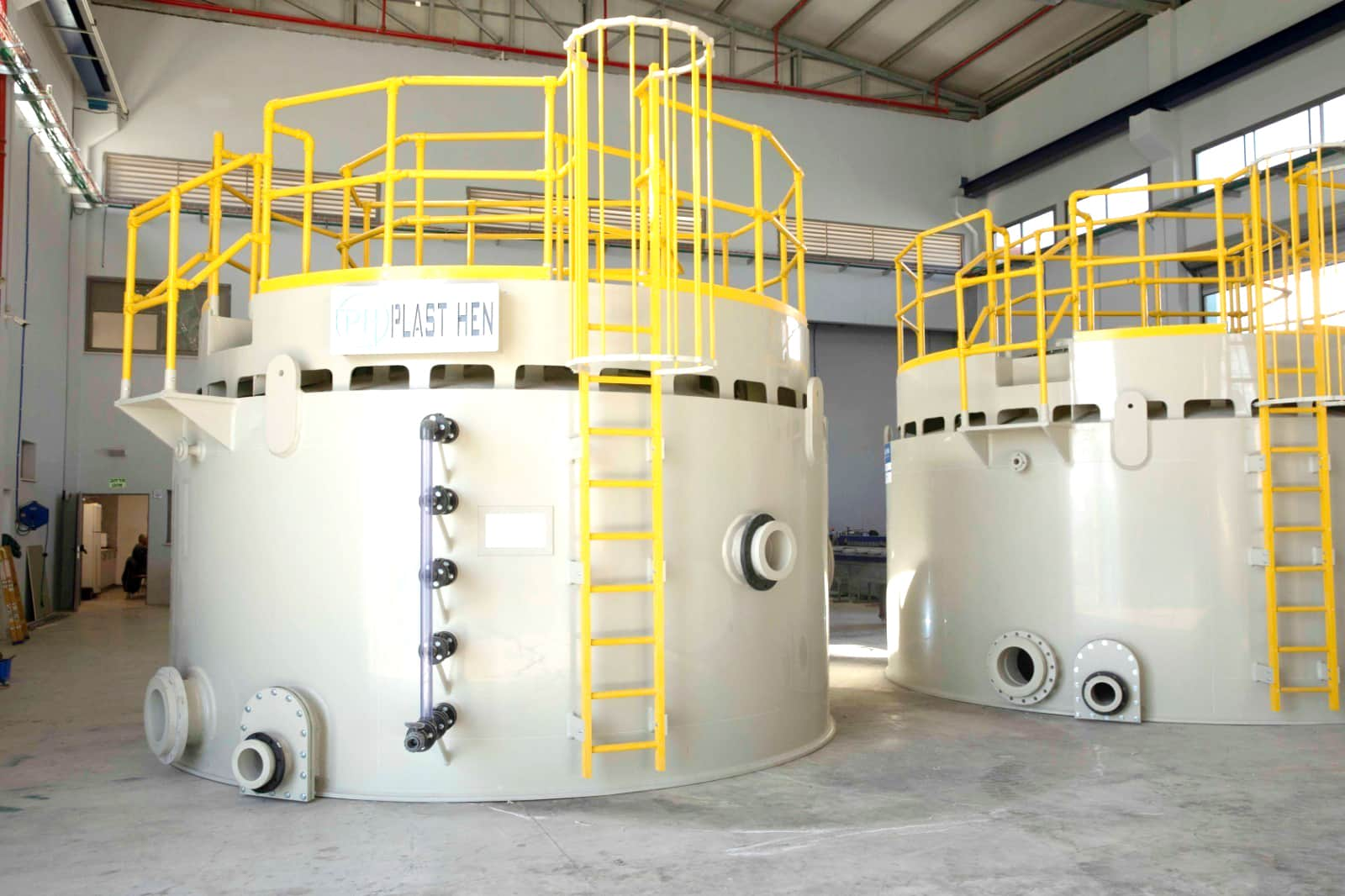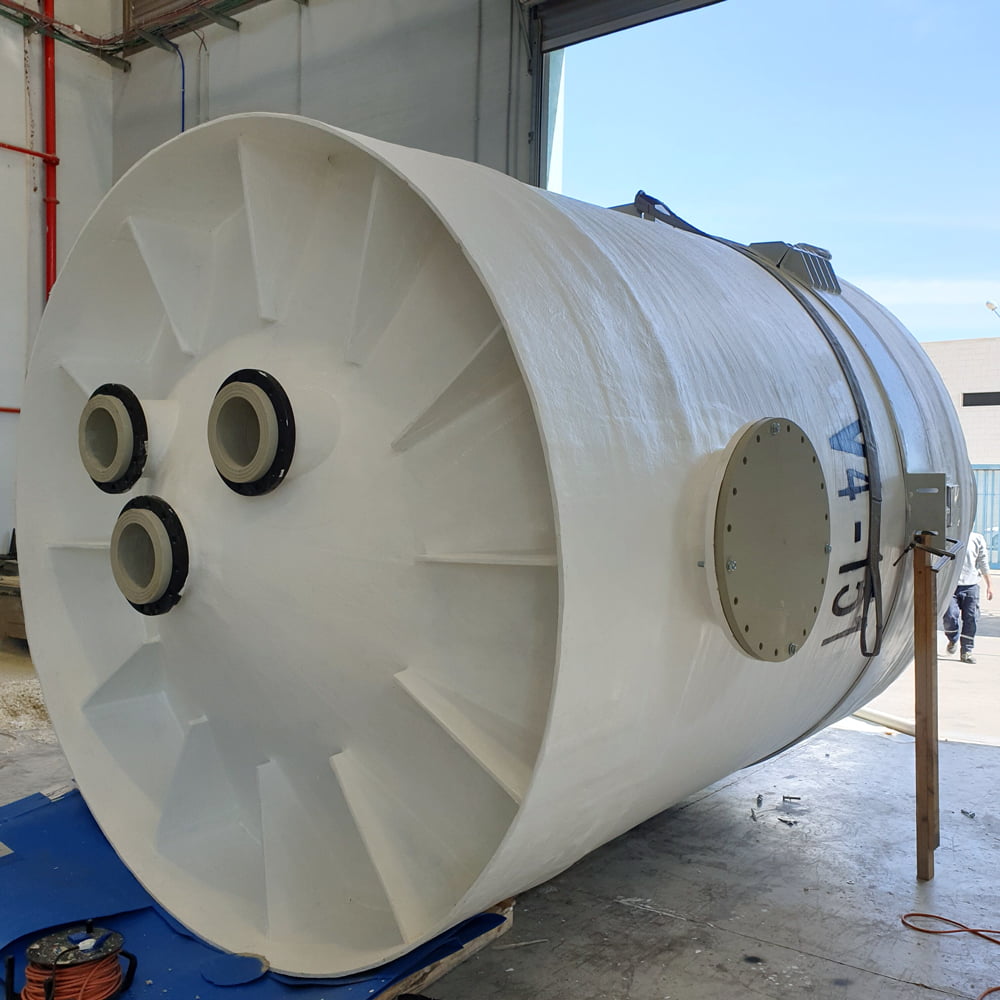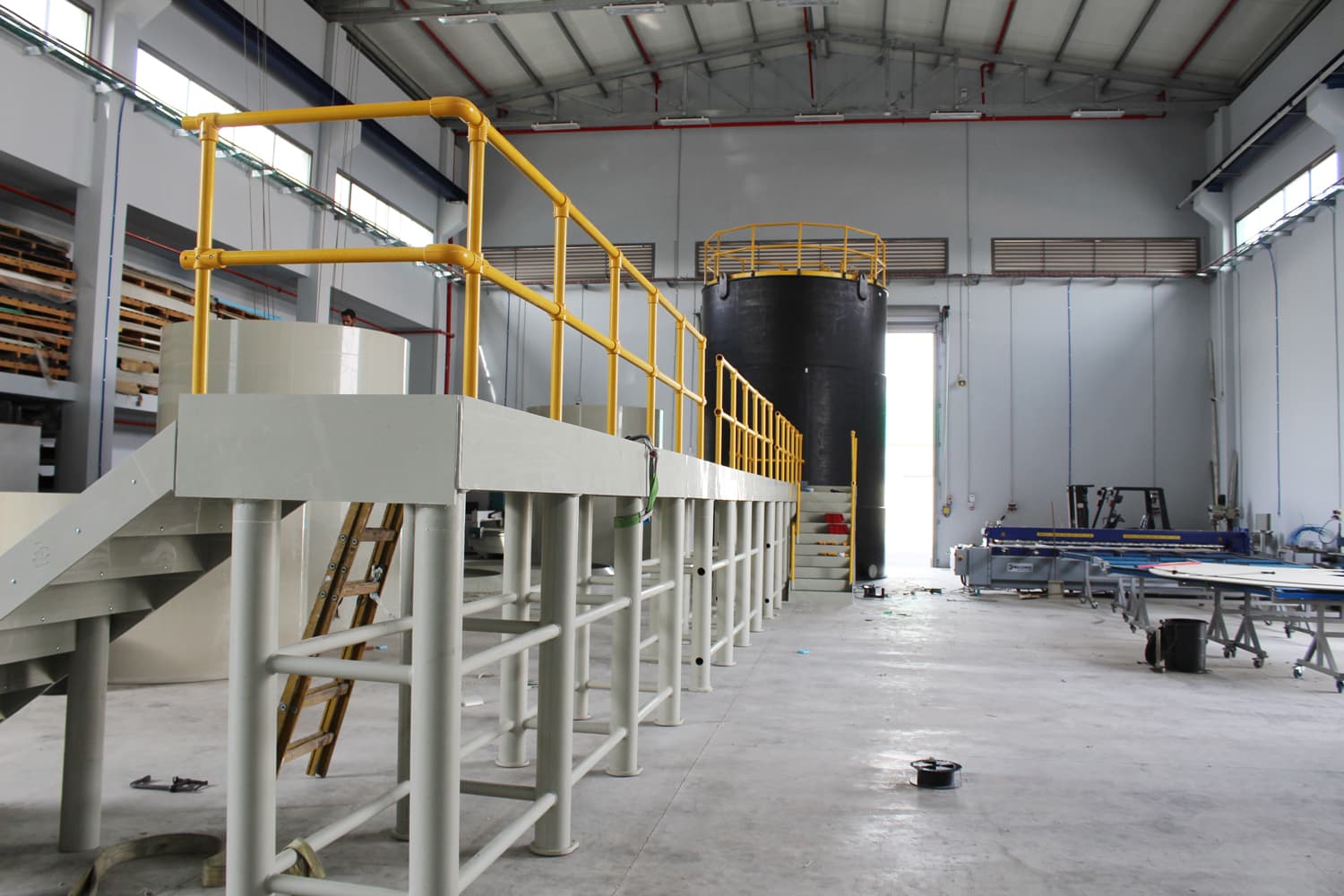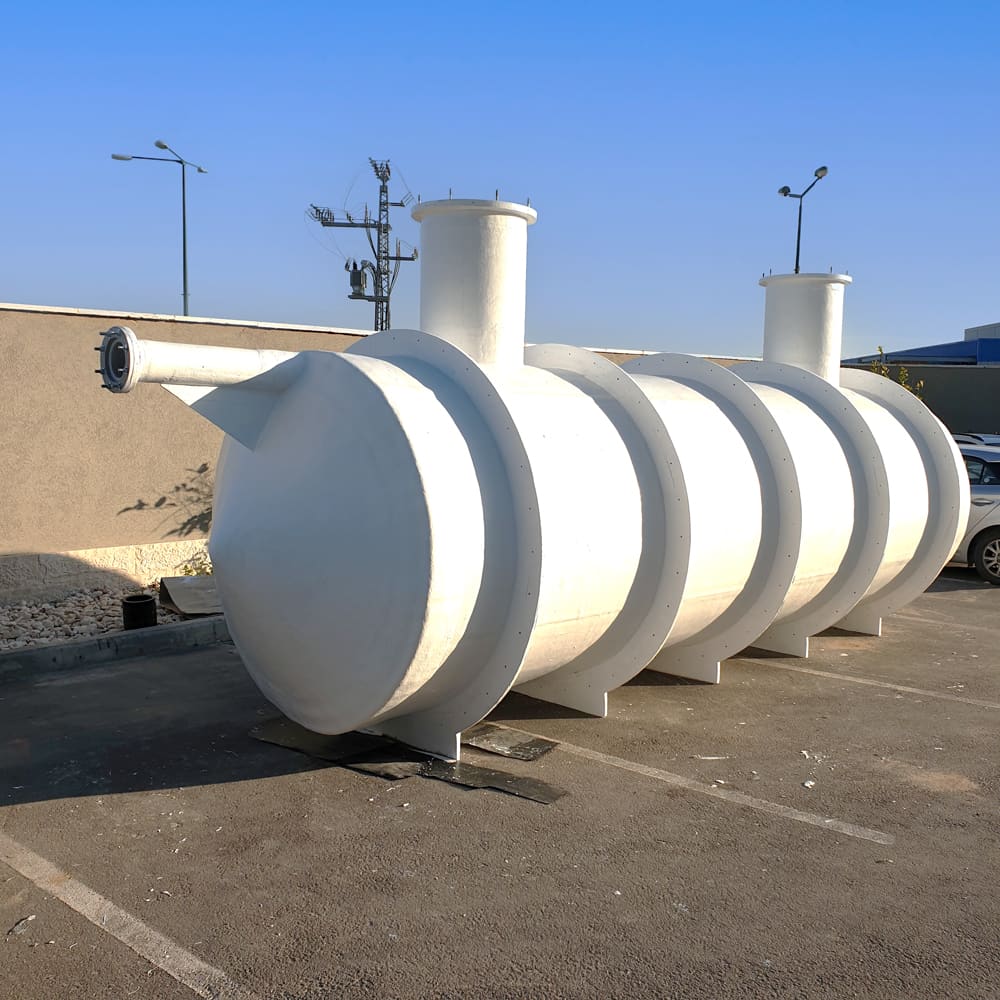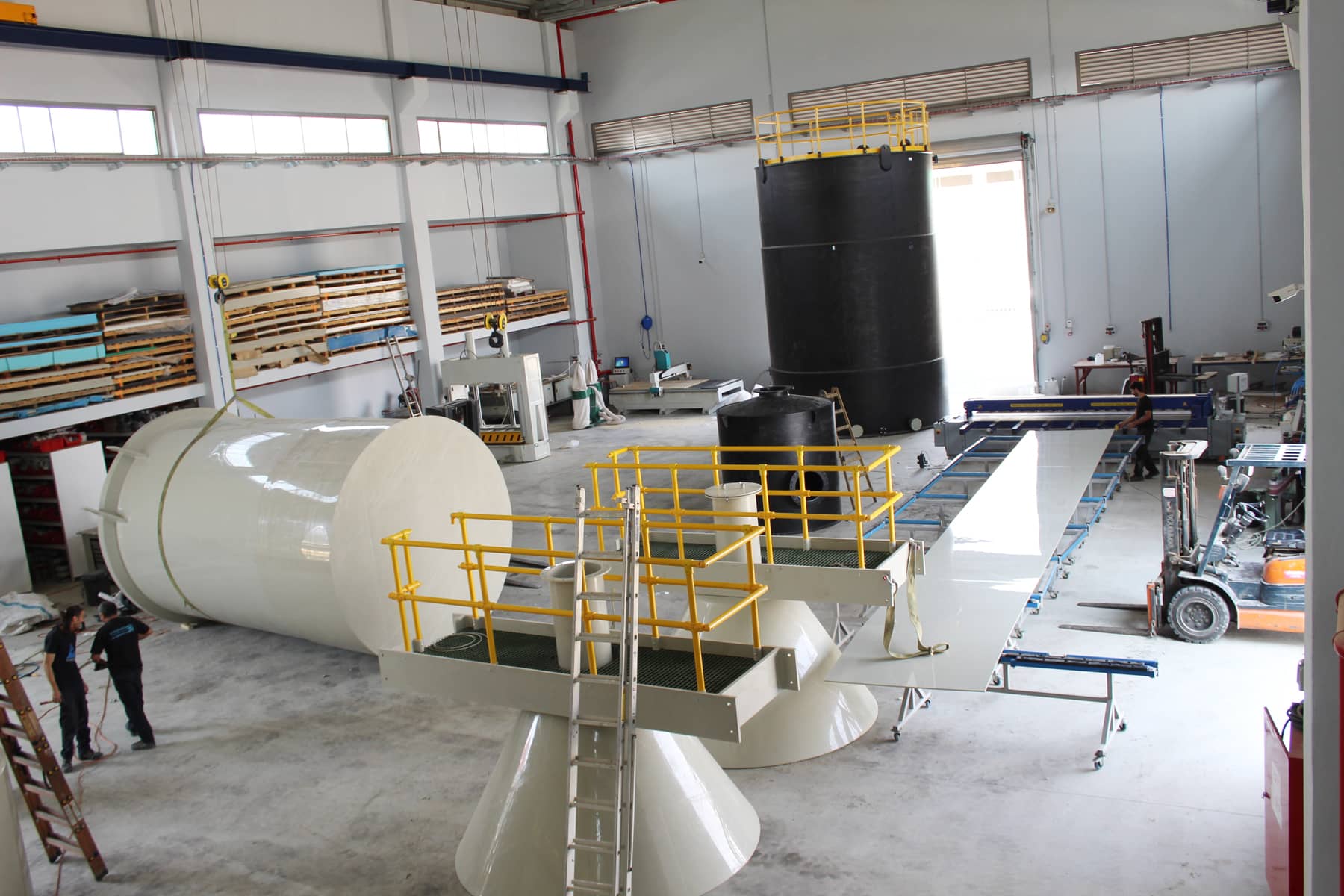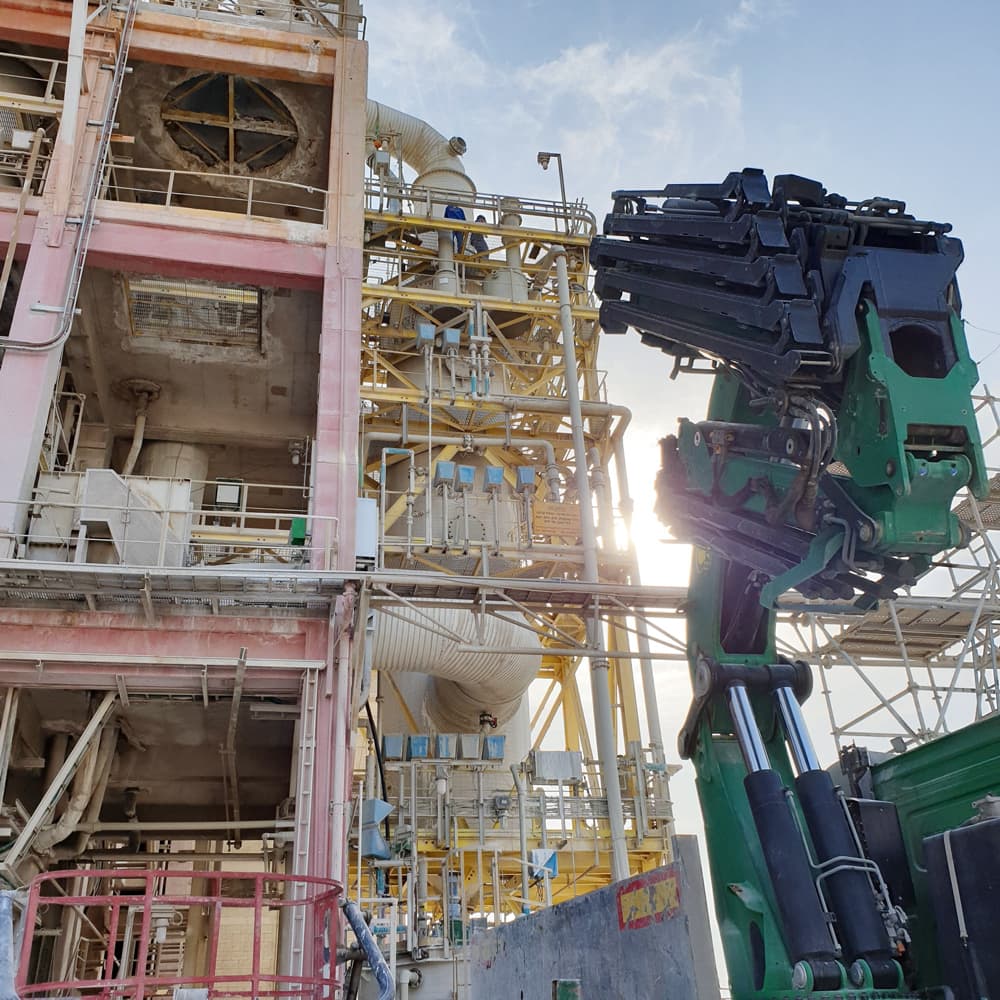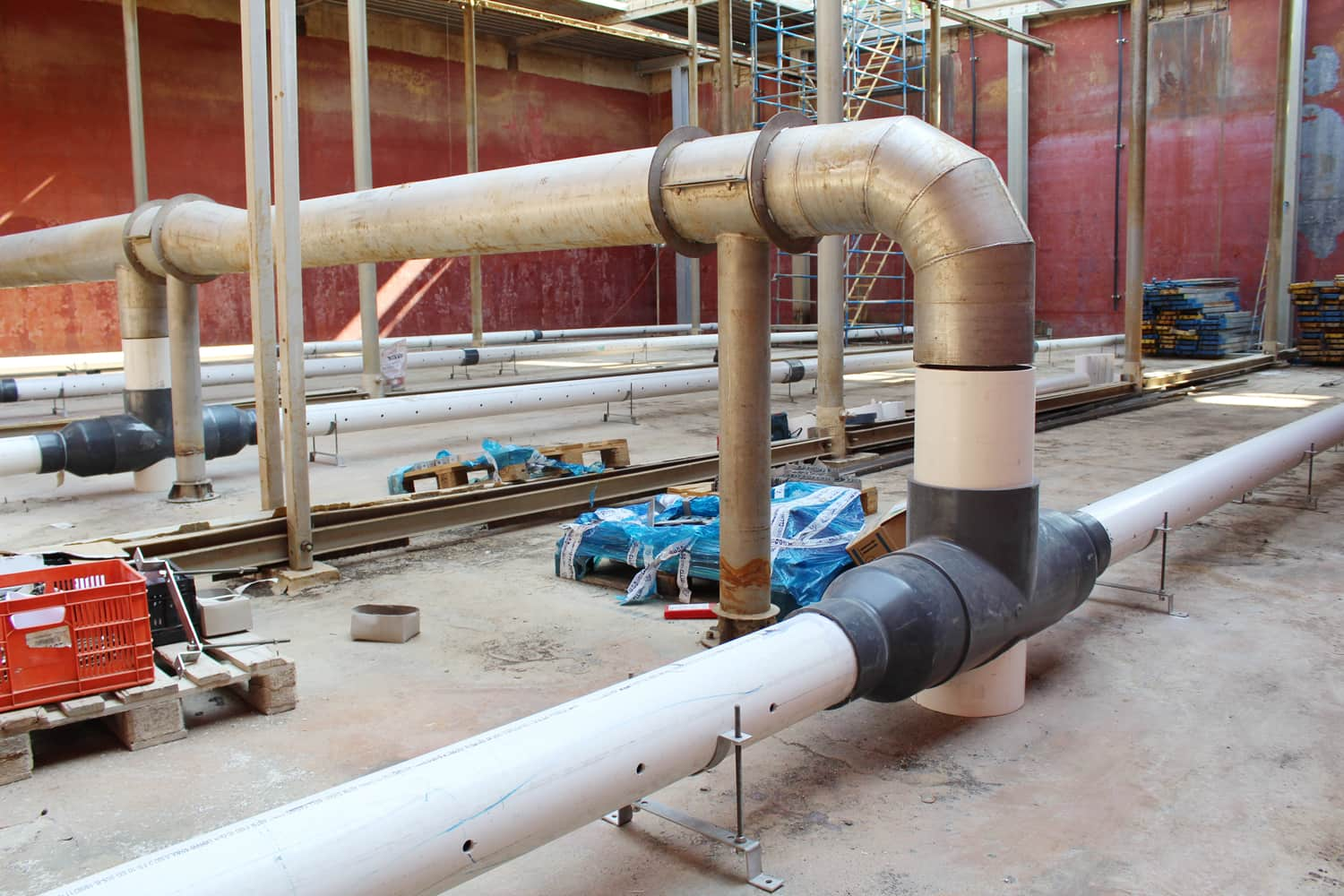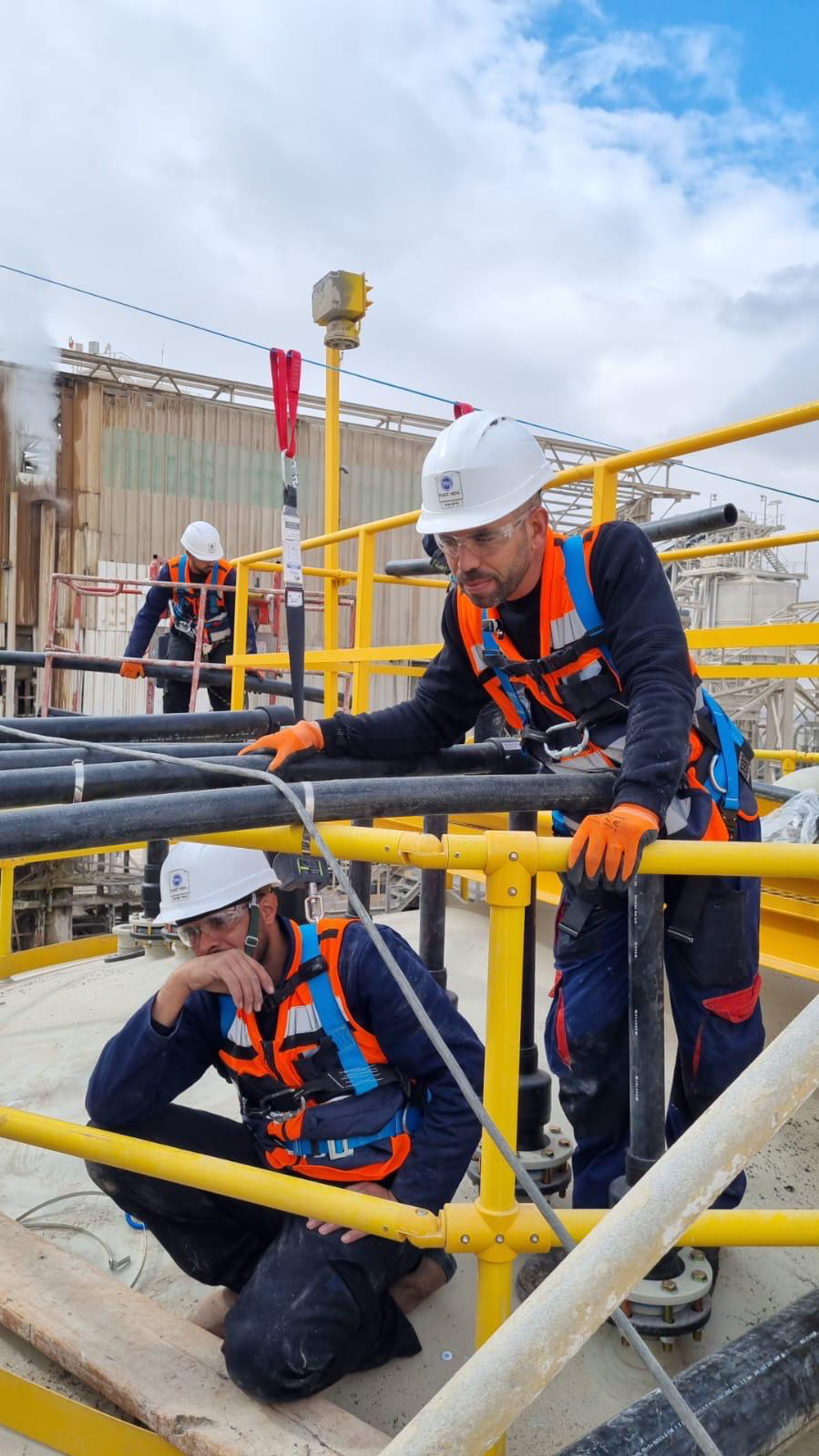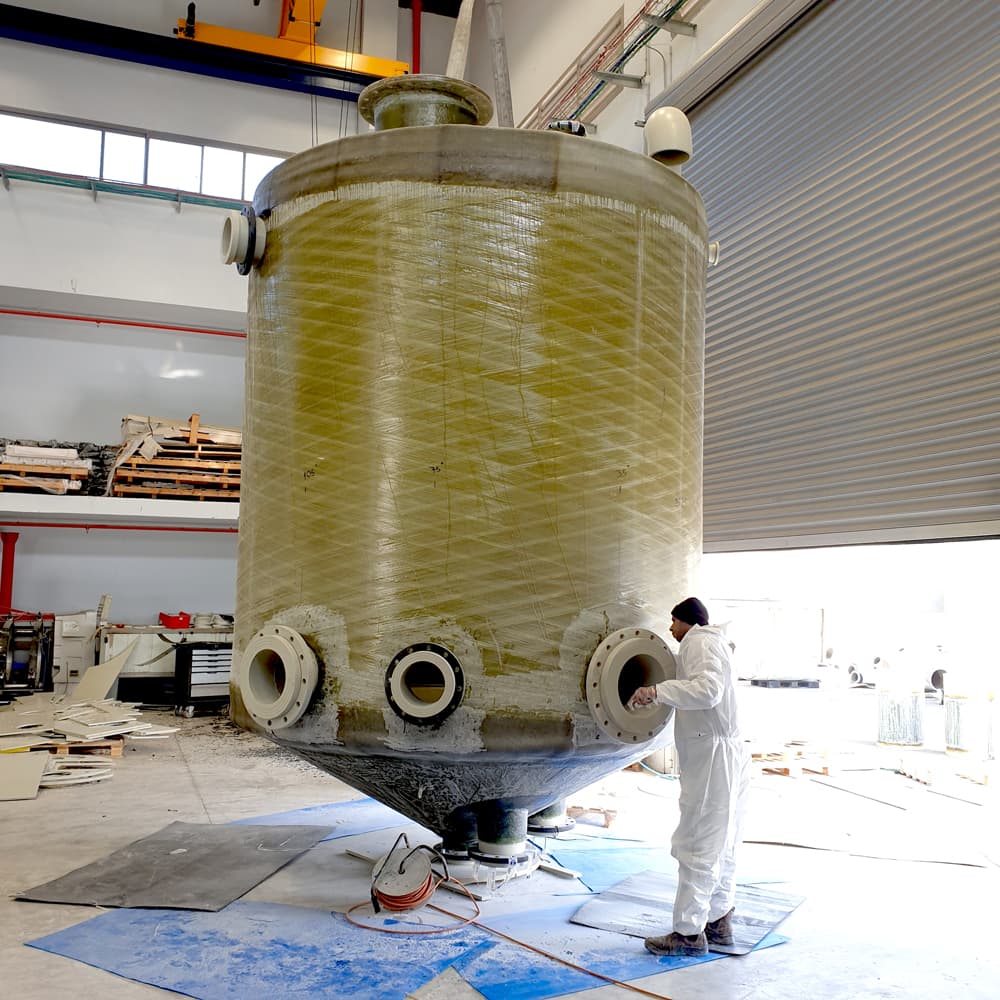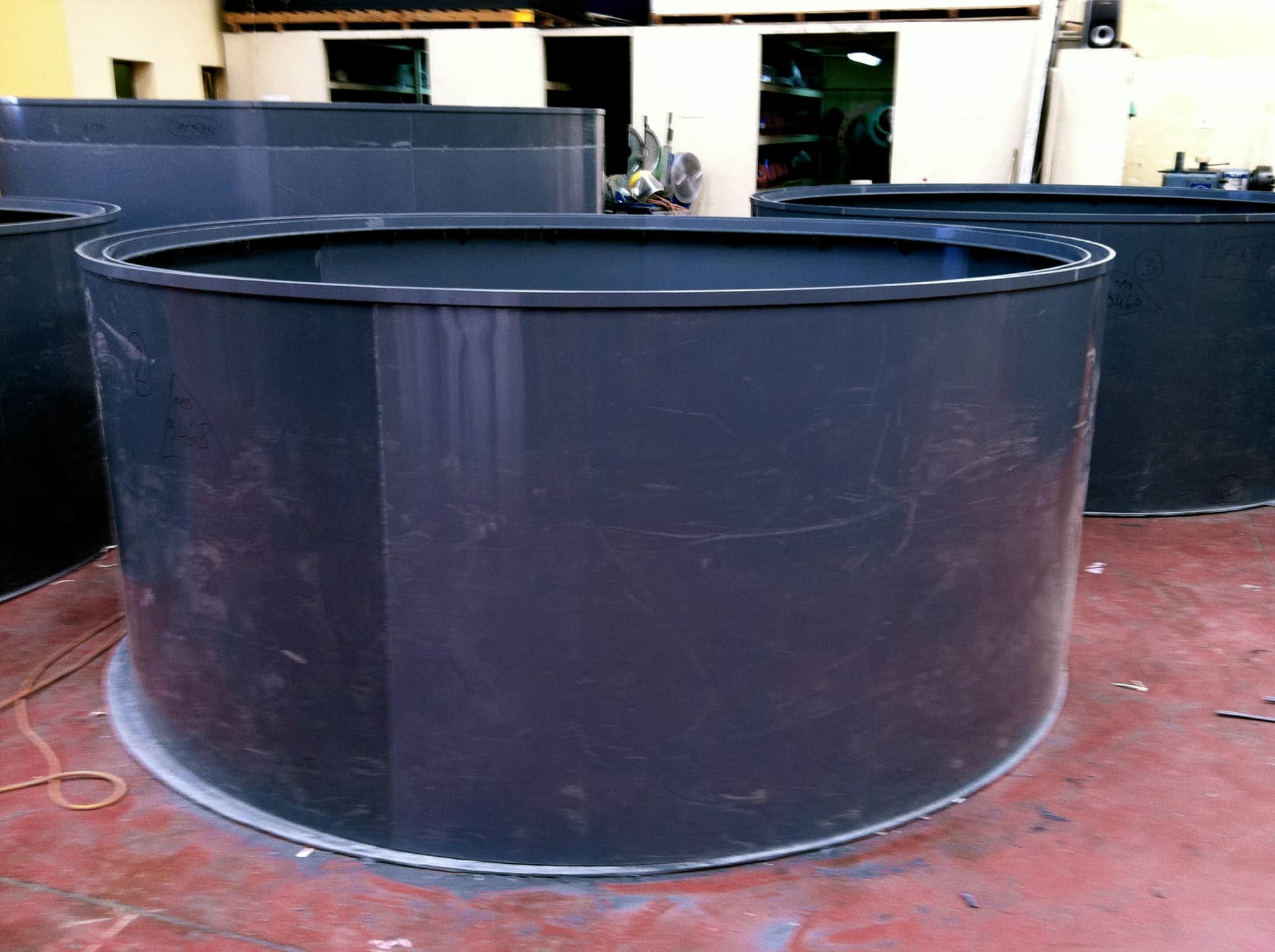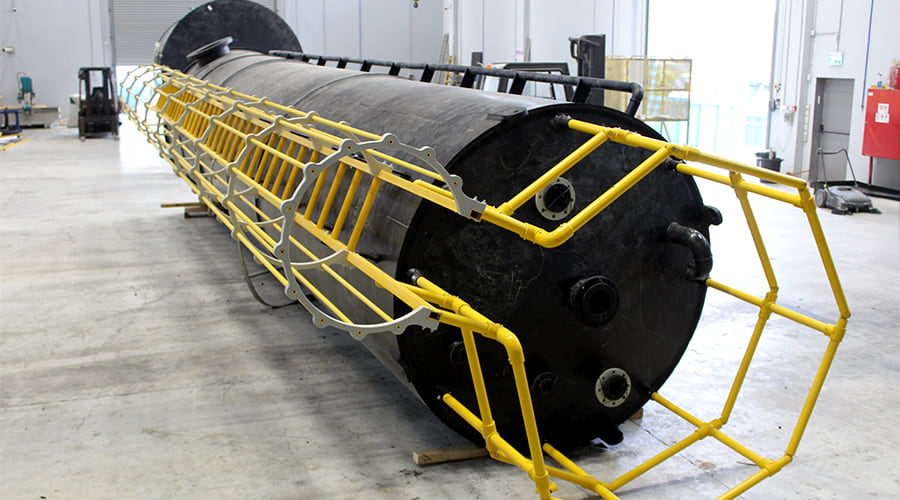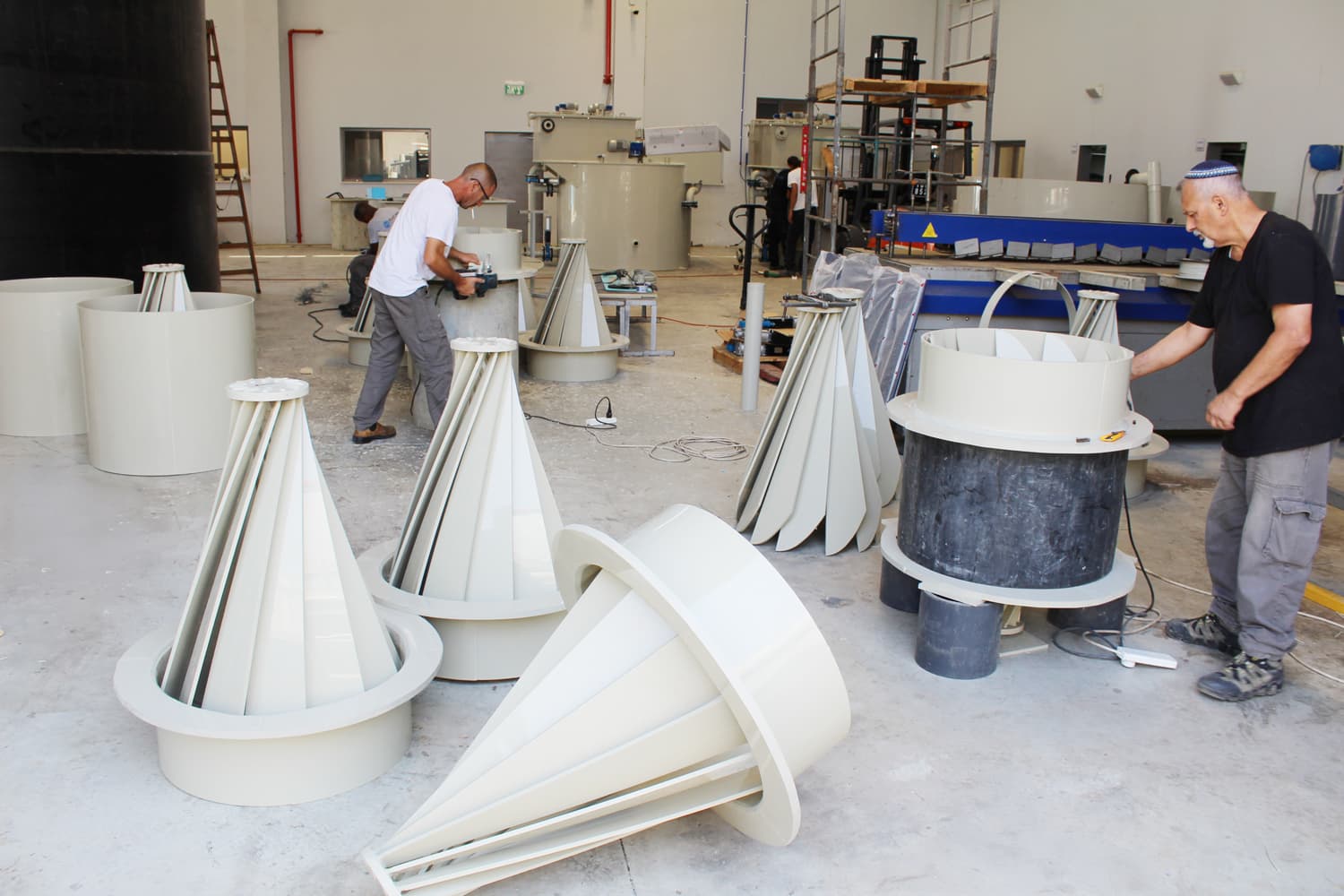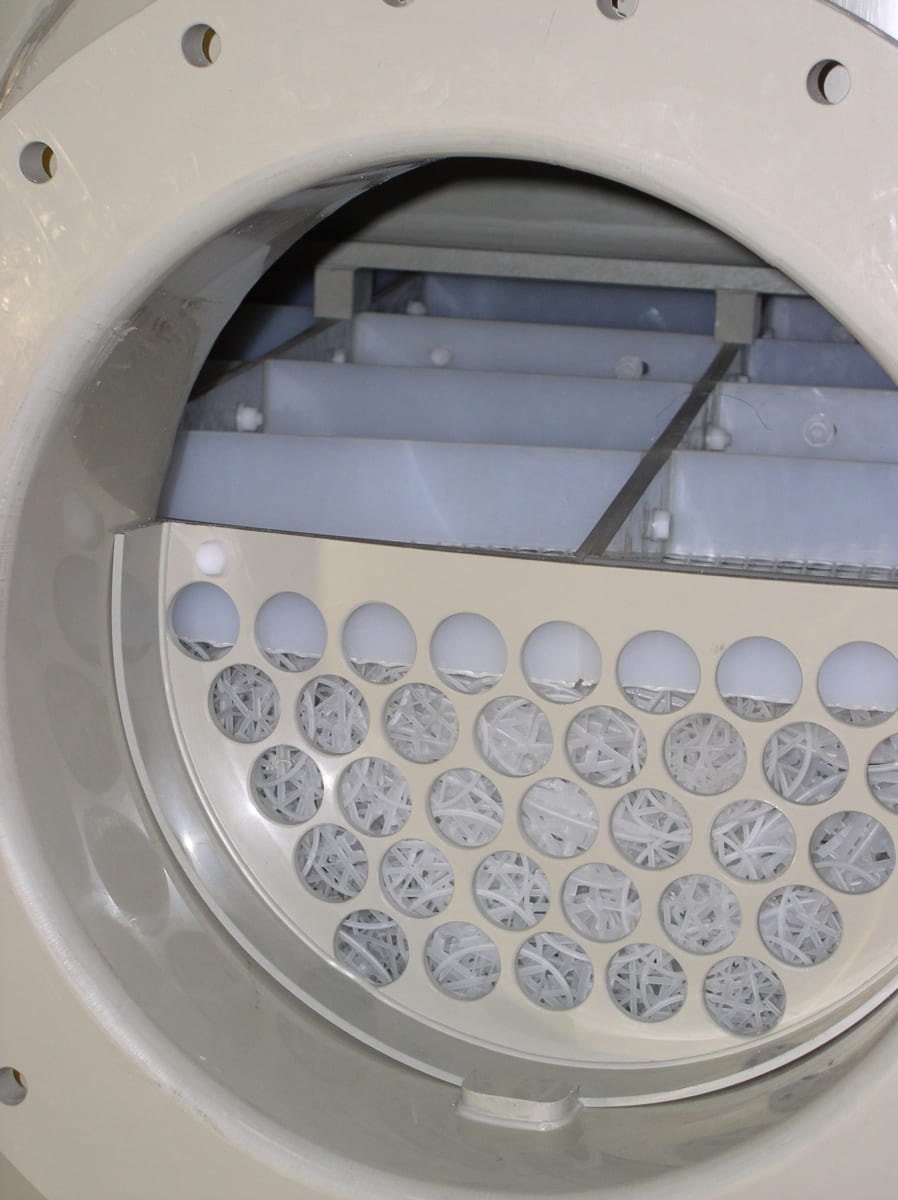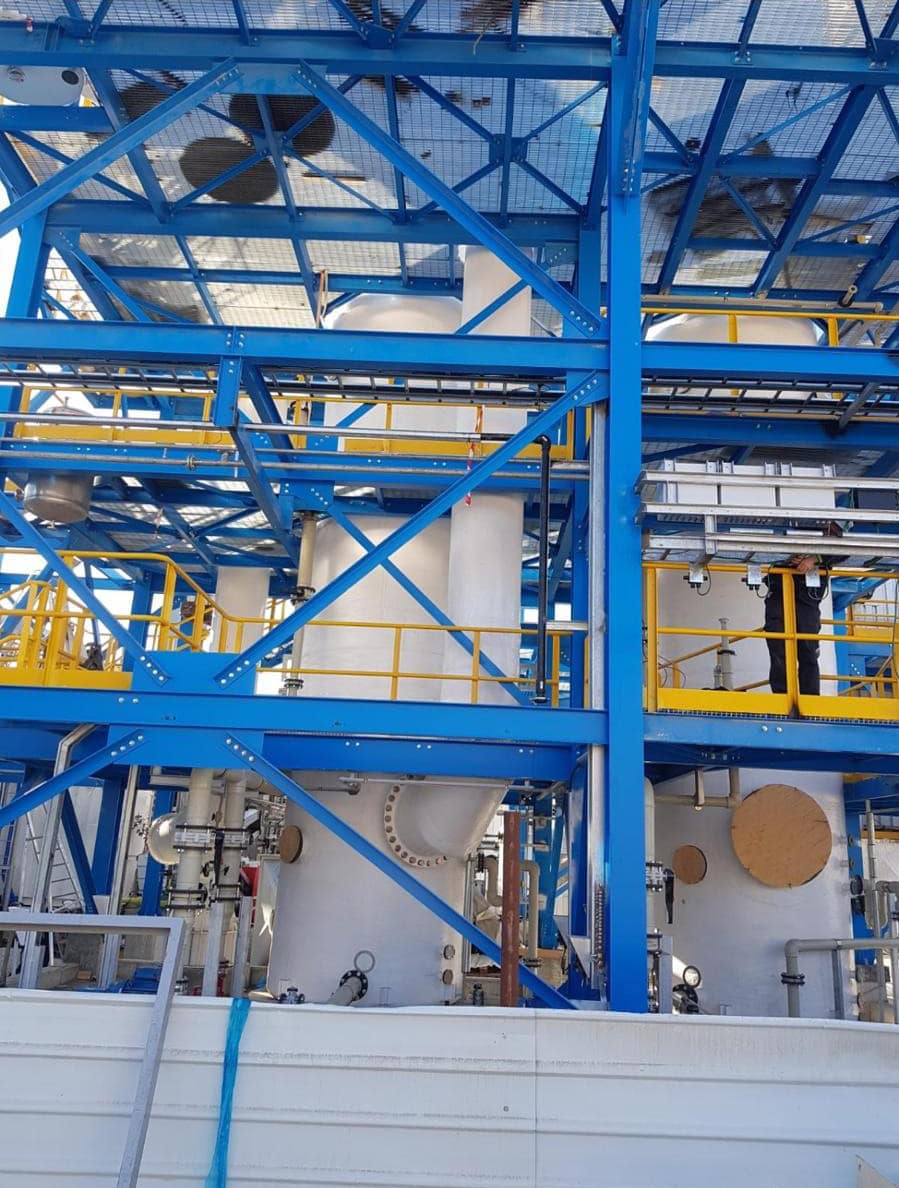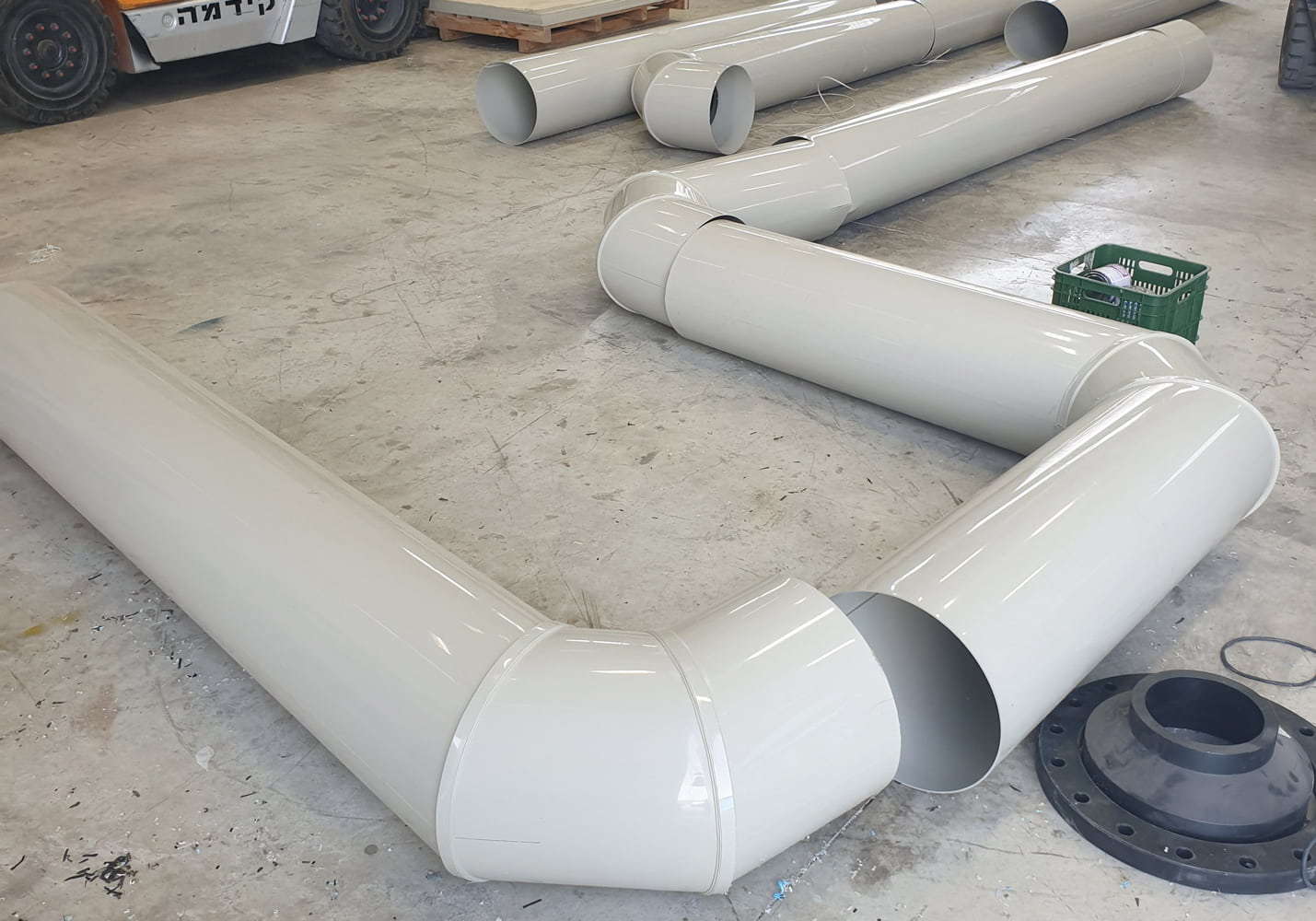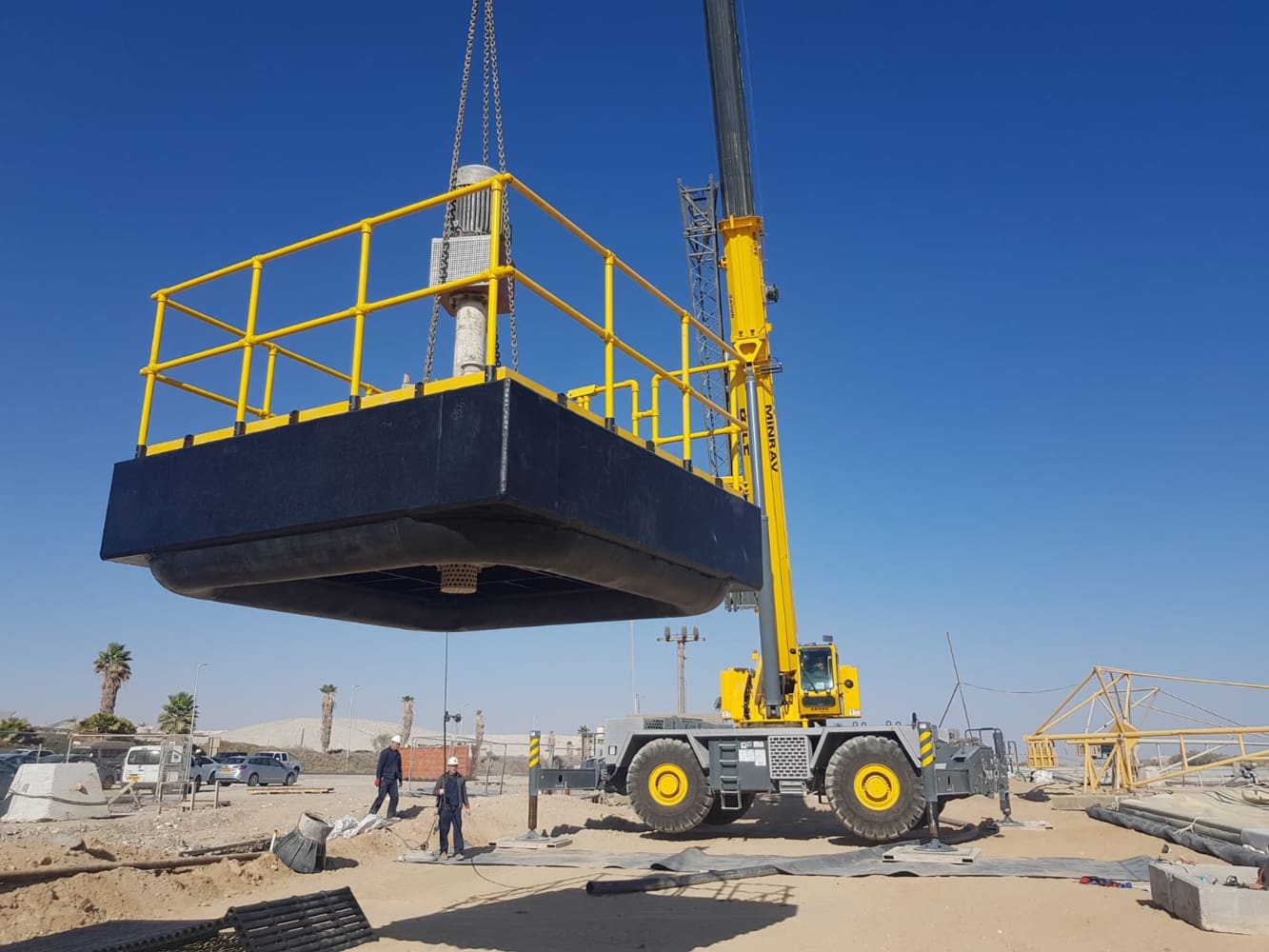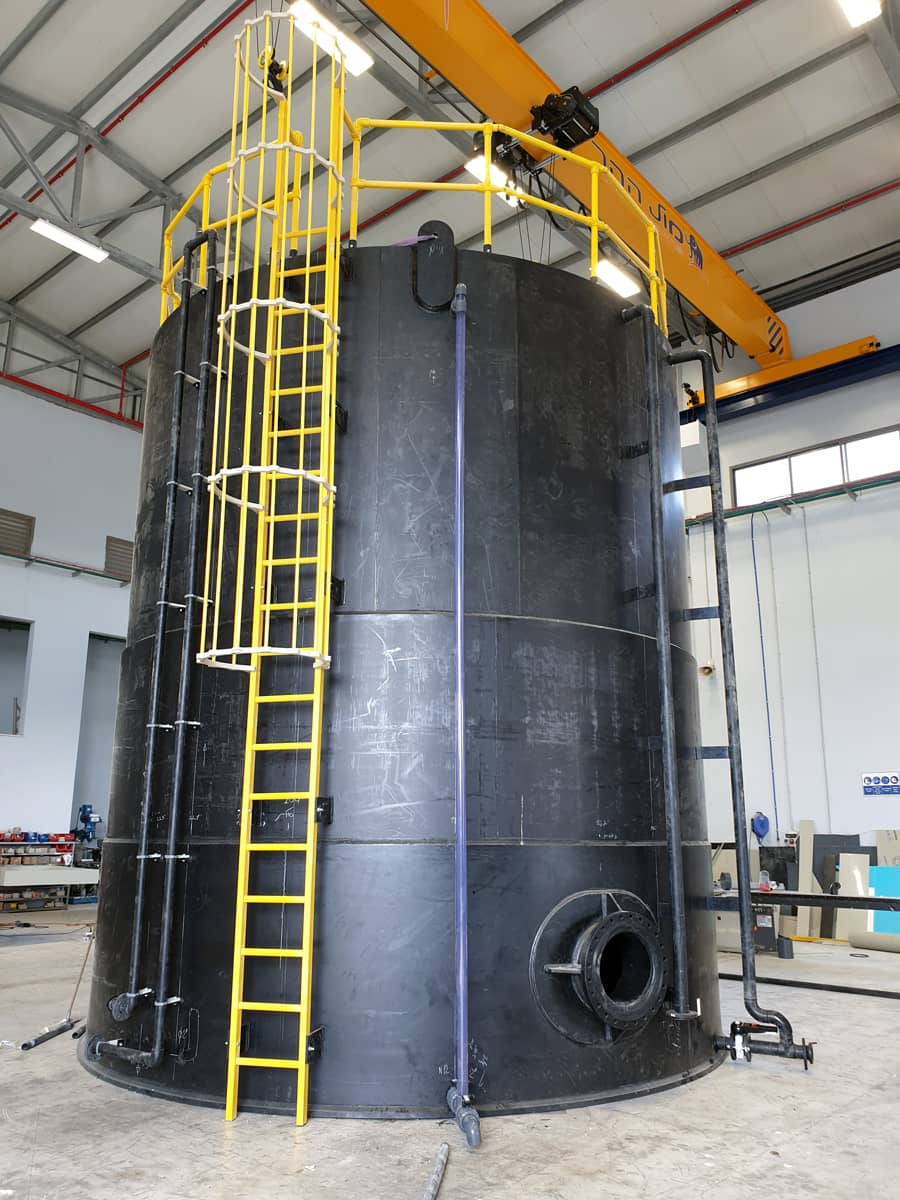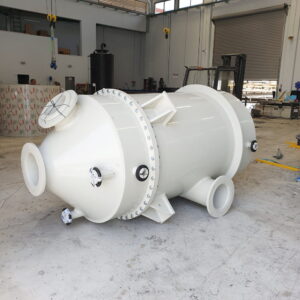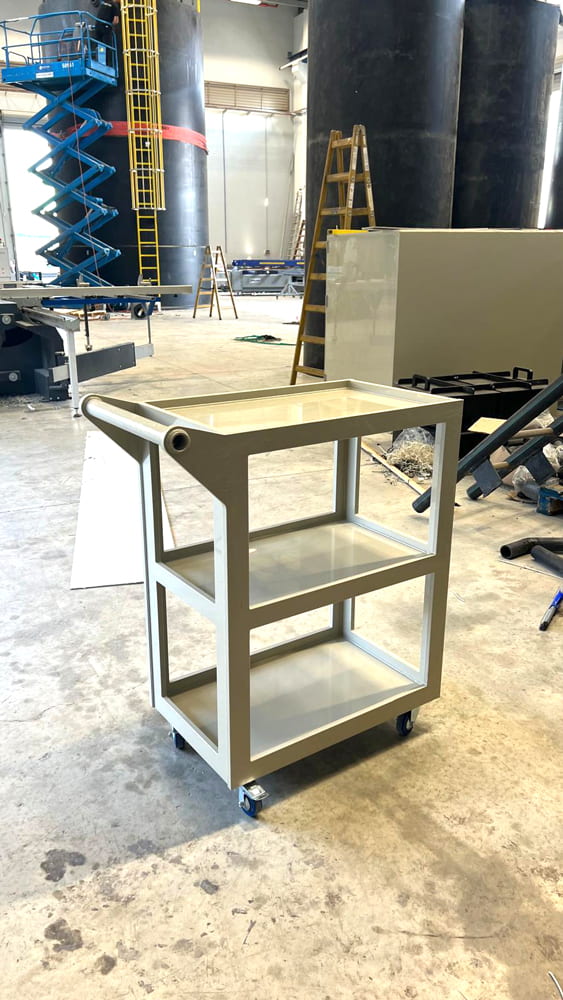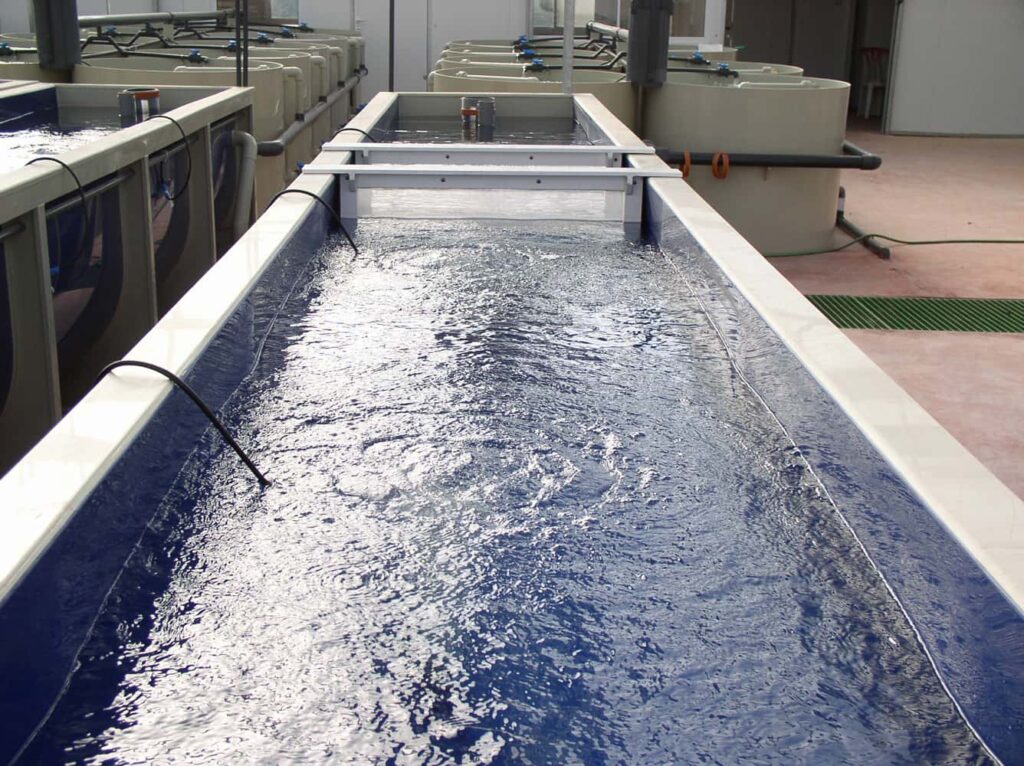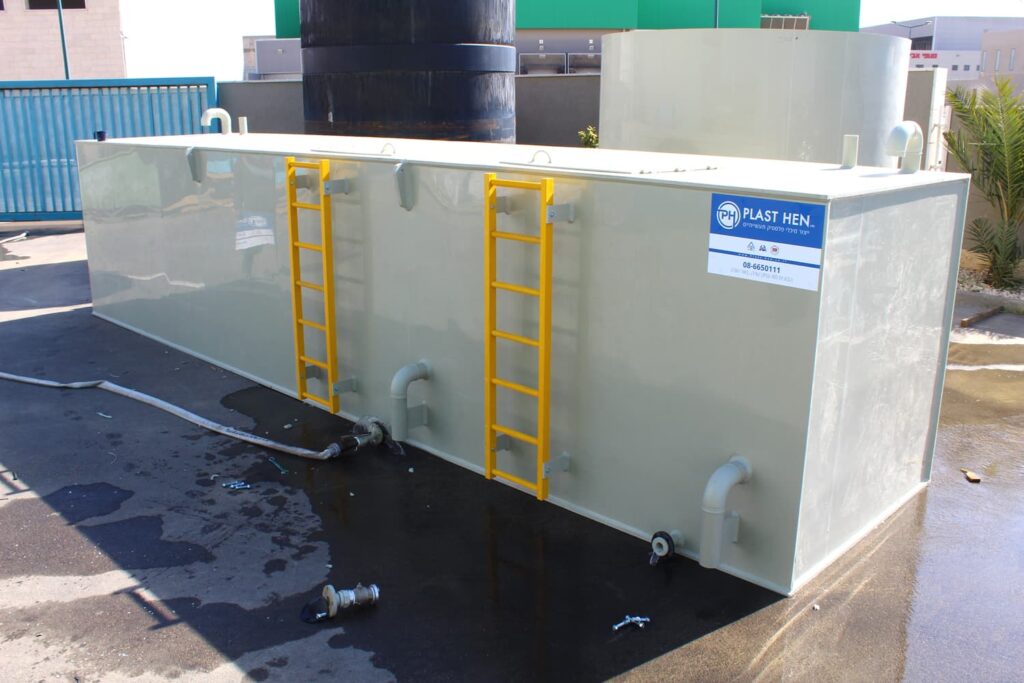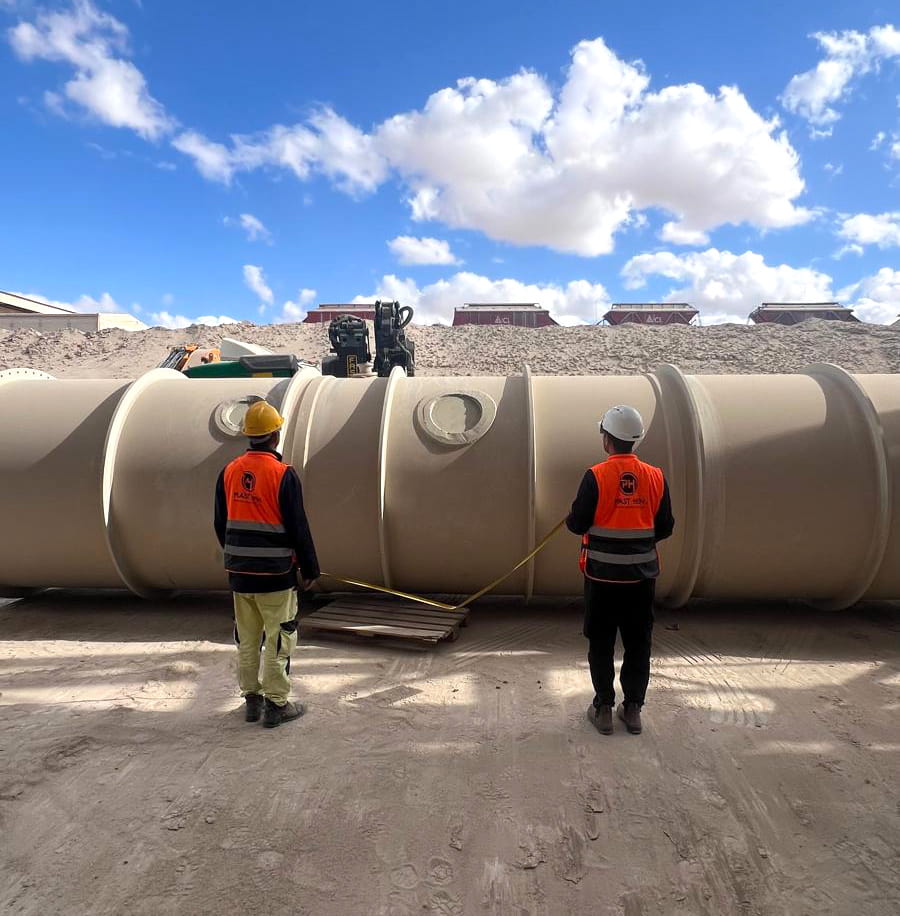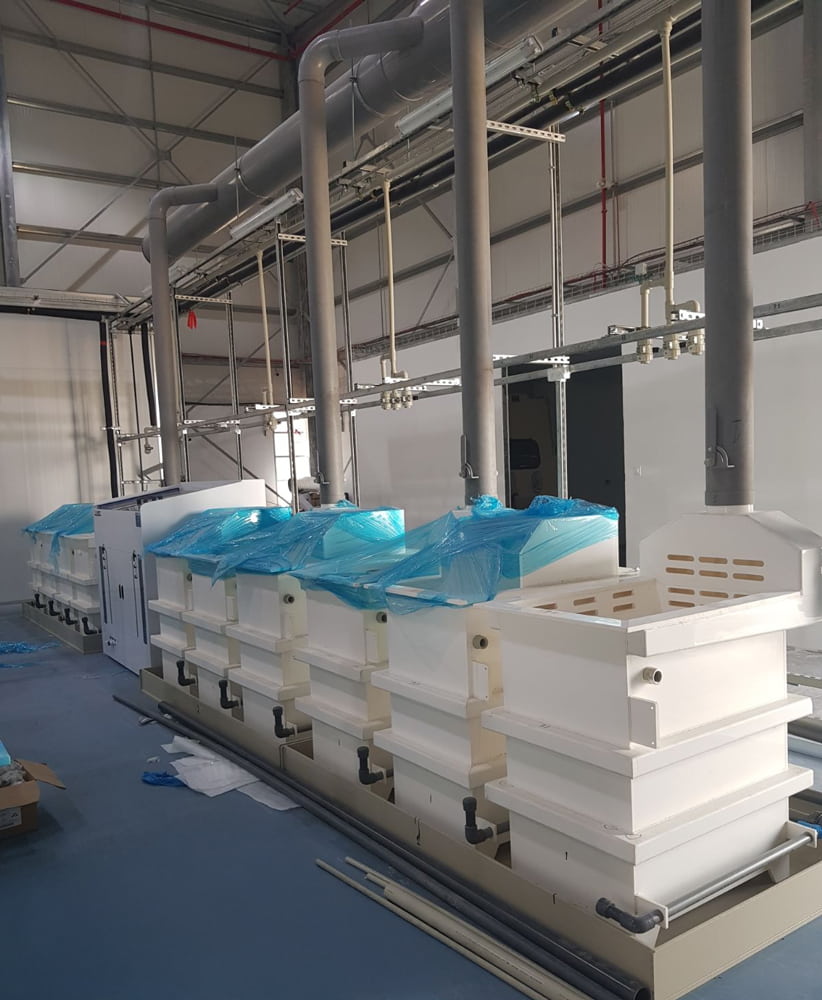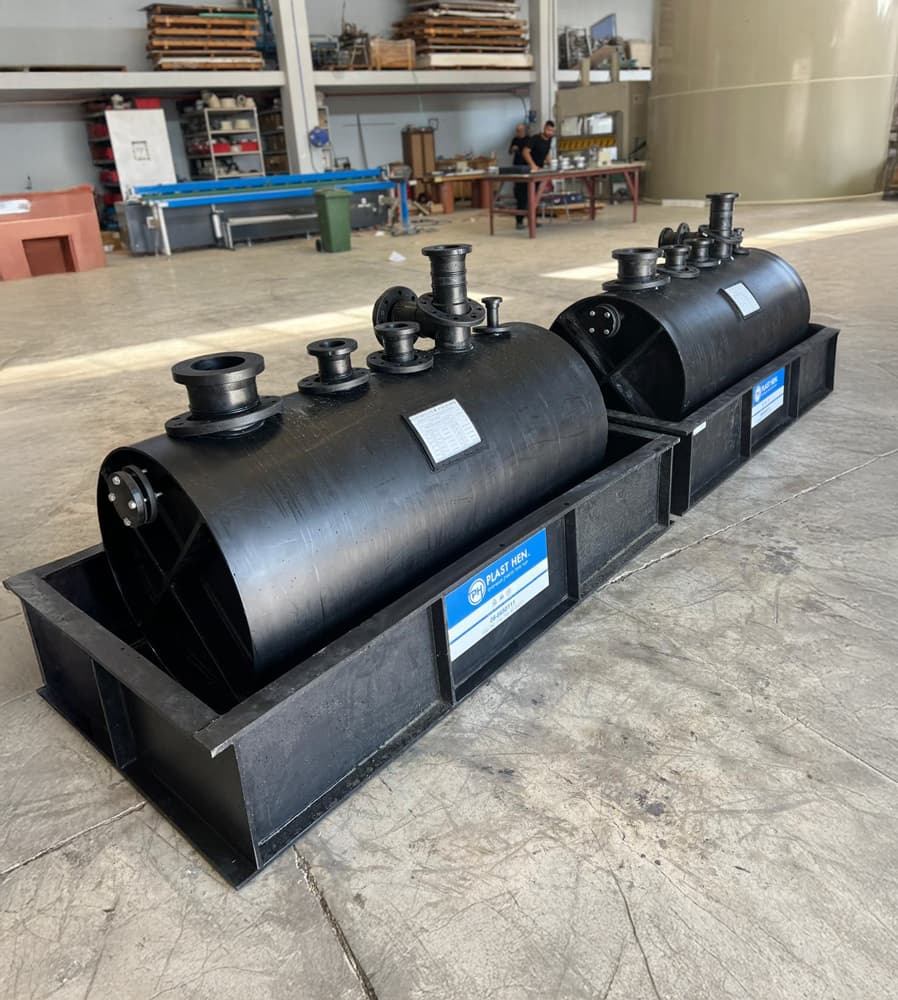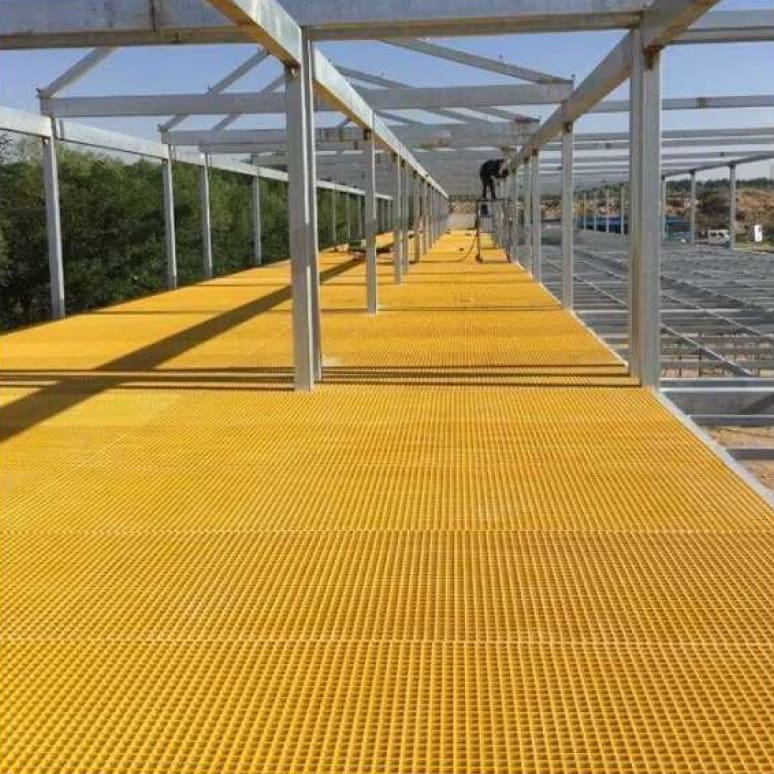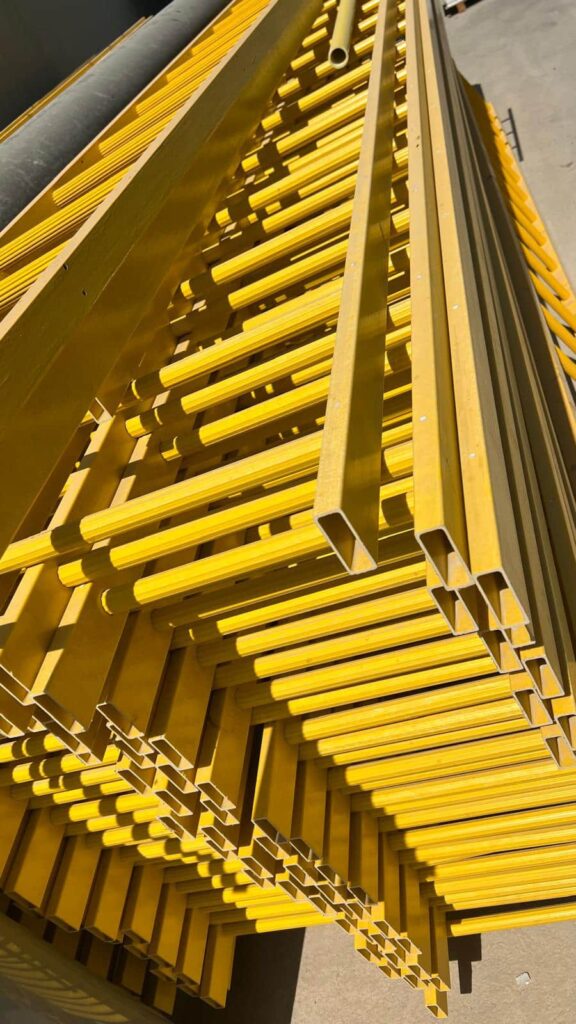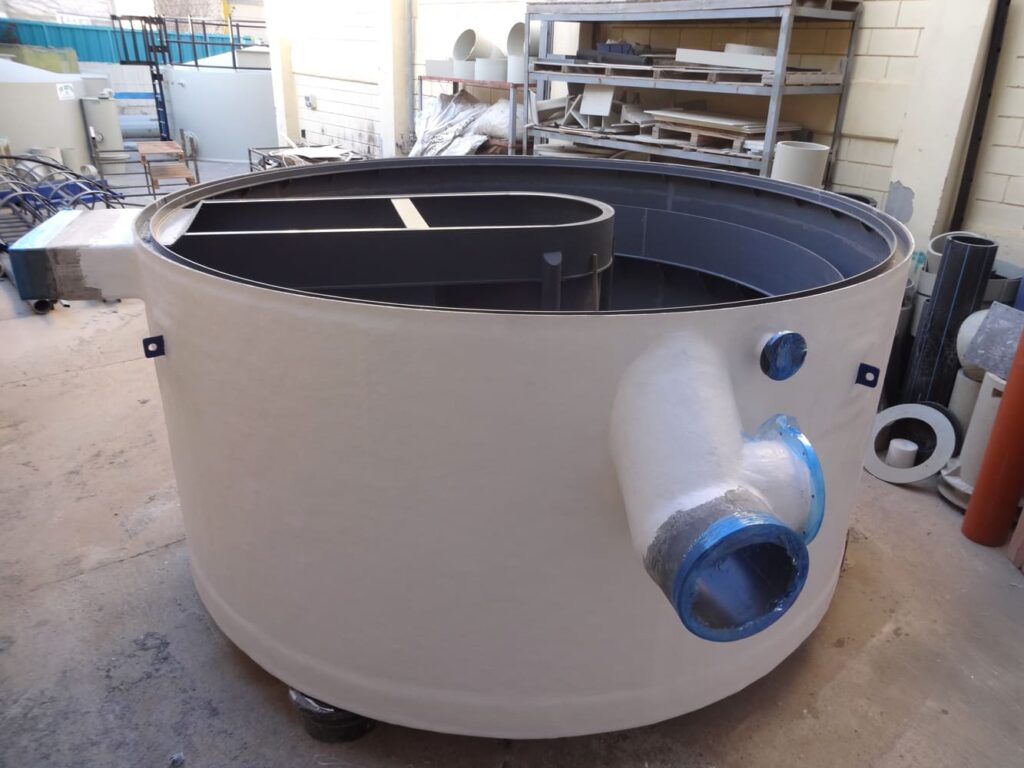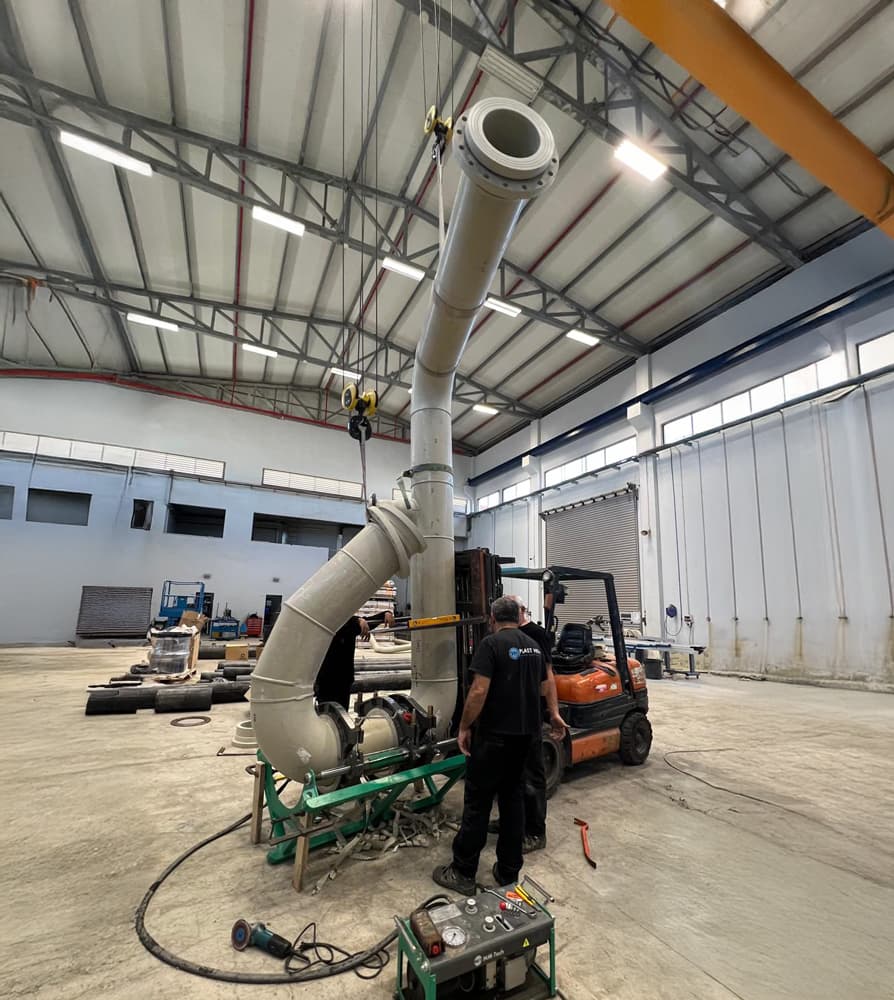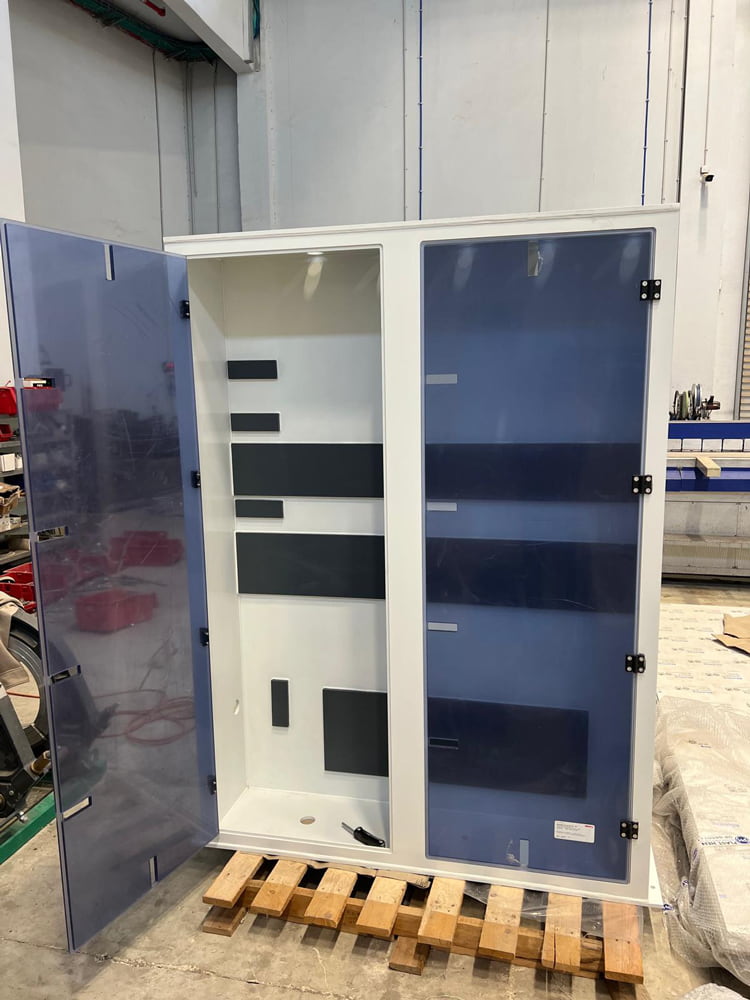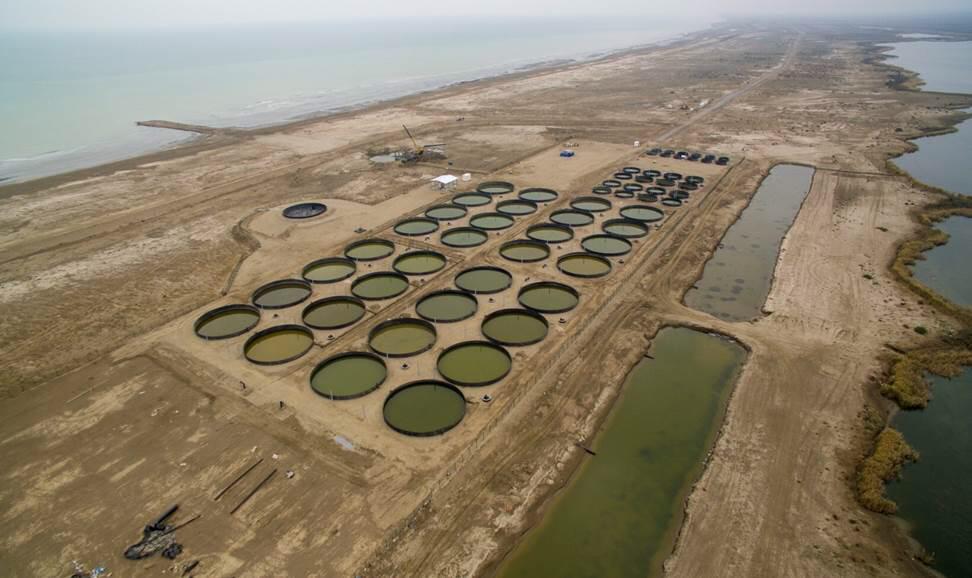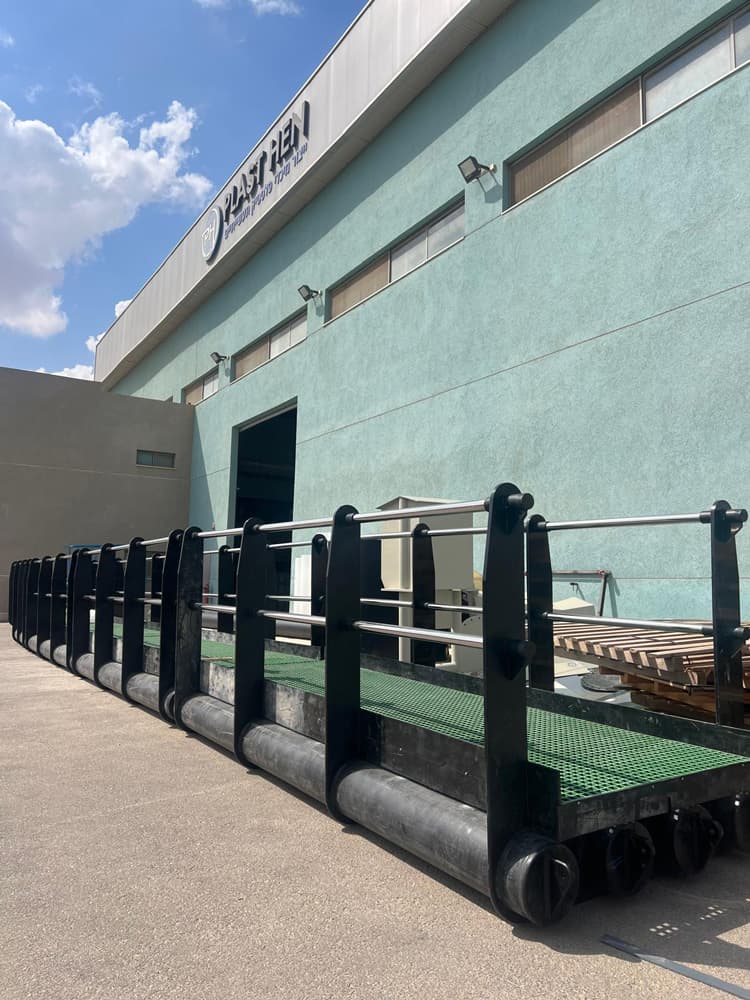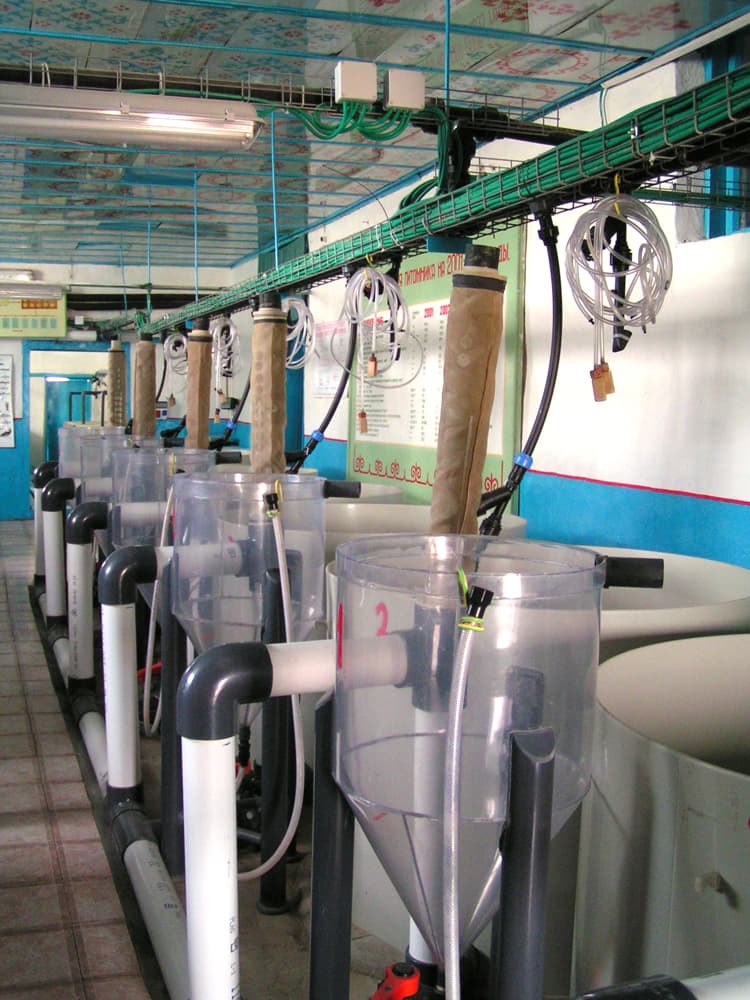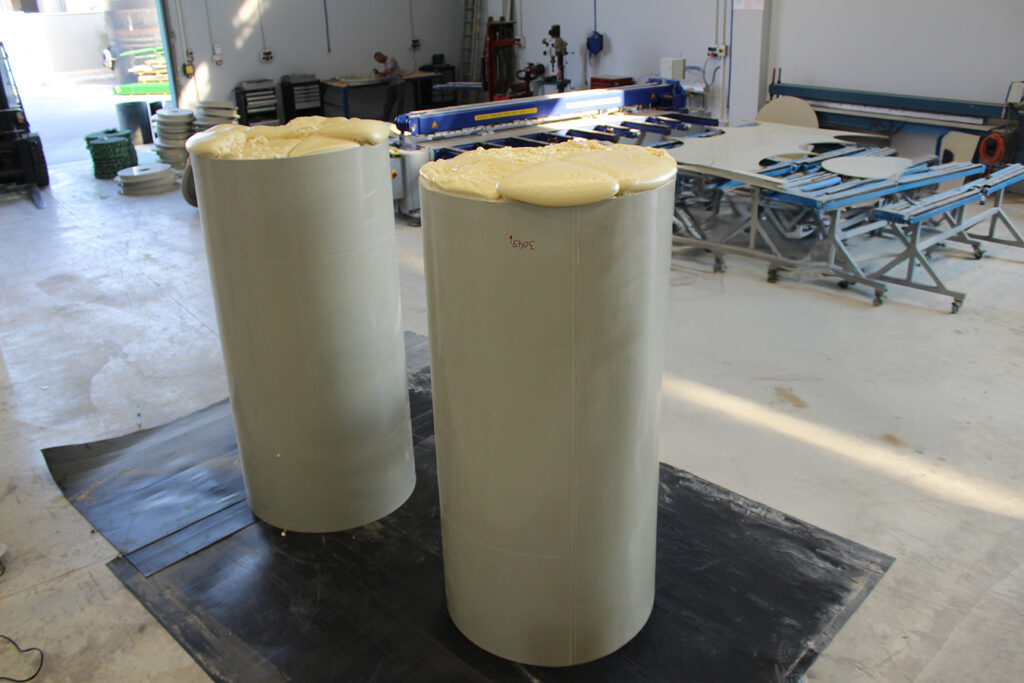Introduction
Polypropylene (PP) piping is considered one of the most reliable and widely used solutions in modern industrial projects. It combines mechanical strength, chemical resistance, and cost-effectiveness, making it ideal for engineers who need to design water, chemical, and wastewater systems with long-term performance in mind.
Unlike metallic piping, which is vulnerable to corrosion, or PVC piping, which is limited in temperature, PP provides a balance between thermal, chemical, and mechanical resistance. This versatility makes it suitable for a wide range of applications - from sewage systems to advanced pharmaceutical industries.
Technical Properties
The following table presents the key technical parameters of PP according to international standards:
| Parameter | Typical Value | Unit | Test Standard |
|---|---|---|---|
| Density | 0.90 - 0.91 | g/cm³ | ISO 1183 |
| Tensile Strength | 30 - 35 | MPa | ISO 527 |
| Thermal Expansion Coefficient | 0.15 - 0.20 | mm/m·K | DIN 53752 |
| Continuous Service Temp | 0 to 90 | °C | DIN 8078 |
| Short-Term Peak Temp | Up to 110 | °C | DIN 8078 |
Engineers should pay close attention to PP’s relatively high thermal expansion coefficient, which requires compensation loops or flexible joints in long pipeline runs. On the other hand, its lightweight nature compared to metal simplifies handling, installation, and maintenance in large systems.
Diameters and Pressure Ratings
PP piping is available in various diameters and pressure ratings, most commonly PN10 and PN16.
| Outer Diameter (DN) | Wall Thickness - PN10 | Wall Thickness - PN16 |
|---|---|---|
| 20 mm | 2.0 mm | 2.3 mm |
| 40 mm | 3.7 mm | 4.5 mm |
| 90 mm | 8.2 mm | 10.8 mm |
| 160 mm | 14.6 mm | 17.5 mm |
PN10 is generally sufficient for low- and medium-pressure systems, while PN16 is recommended for high-pressure systems, concentrated chemicals, or hot water.
Chemical Resistance
One of PP’s most important advantages is its strong resistance to a wide variety of chemicals:
| Chemical | Typical Concentration | Operating Temp | Resistance |
|---|---|---|---|
| Sulfuric Acid | 30% | Up to 60°C | Good |
| Hydrochloric Acid | 37% | Up to 50°C | Excellent |
| Caustic Soda (NaOH) | 20% | Up to 80°C | Excellent |
| Free Chlorine | - | Up to 30°C | Moderate |
| Gasoline | - | Ambient | Not Recommended |
In practice, this means PP can be specified confidently for most acids and bases used in industrial processes. However, organic solvents such as gasoline, toluene, and xylene should be avoided, as they may cause swelling and loss of mechanical integrity.
Abrasion and Mechanical Resistance
In applications involving liquids with suspended solids (such as sand or sludge), PP demonstrates good abrasion resistance. Comparative testing shows:
| Material | Relative Wear After 1000h |
|---|---|
| PP | 100% (reference baseline) |
| HDPE | 85% |
| PVC | 140% |
While not as abrasion-resistant as HDPE, PP offers better thermal stability, which makes it a preferred choice for complex systems exposed to both mechanical and chemical stress.
Temperature Range
PP piping is suitable for continuous operation between 0-90°C and can withstand short-term peaks of up to 110°C. However, performance near the upper limit (80-90°C) must be evaluated carefully, as the material’s mechanical strength decreases at elevated temperatures.
Engineers designing heating systems must consider increased wall thickness or higher pressure ratings when operating close to these thresholds.
Installation and Jointing Methods
The main installation techniques are:
- Butt Welding - ideal for larger diameters, creating homogeneous joints.
- Electrofusion Welding - ensures precise, high-strength connections for demanding applications.
- Threaded Fittings - suitable for small diameters and temporary systems.
Every design must also account for thermal expansion, incorporating expansion loops or compensators to prevent system stress.
Industrial Applications
PP piping is widely used across diverse sectors, including:
- Water and wastewater treatment
- Desalination plants
- Food and pharmaceutical industries (thanks to its hygienic properties)
- Chemical processing plants
- Energy and infrastructure projects
Engineers value PP for its balance of cost efficiency, durability, and ease of maintenance.
Key Advantages
While PP piping has many advantages, two stand out in engineering practice:
- Corrosion-Free Long Service Life - with no metallic elements, PP is immune to rust and scaling.
- Cost Efficiency in Large Projects - its low weight, ease of welding, and material cost savings give it a clear edge over many alternatives.
Comparison of Industrial Piping Materials
| Parameter | PP (Polypropylene) | PVC (Polyvinyl Chloride) | HDPE (High-Density Polyethylene) | PVDF (Polyvinylidene Fluoride) | Metal (Stainless / Steel) |
|---|---|---|---|---|---|
| Continuous Temp Range | 0-90°C | 0-60°C | -20-60°C | -40-140°C | Up to 200°C+ |
| Chemical Resistance | Excellent to acids & bases | Good, limited to some acids | Very good, weaker to strong acids | Excellent, very broad spectrum | Good, but prone to corrosion |
| Mechanical Strength | Medium | Medium | Relatively high | Very high | Very high |
| Weight | Light | Light | Very light | Medium | Heavy |
| Installation | Easy (welding/threaded) | Easy (glued/threaded) | Easy (welding/threaded) | Requires advanced equipment | Complex, metal welding |
| Cost | Low | Very low | Low | High | Very high |
| Service Life | 25-30 years | 15-20 years | 25-30 years | 30+ years | 30+ years |
| UV Resistance | Moderate (needs protection) | Very poor | Very poor | Good | Good |
Engineering Insights
- PP - the optimal choice for standard industrial projects needing strong chemical resistance and low cost.
- PVC - suitable mainly for drainage and low-temperature sewage.
- HDPE - best for abrasion resistance and long-distance pipelines.
- PVDF - the premium choice for high-temperature and aggressive chemical applications.
- Metal - superior strength and heat tolerance but vulnerable to corrosion and costly maintenance.
Conclusion
Polypropylene piping provides engineers with a comprehensive solution: lightweight, chemically resistant, easy to install, and with a service life of decades. Thanks to its balance of flexibility, multiple pressure ratings, and proven performance across industries, PP is one of the most trusted choices for modern industrial piping systems.
